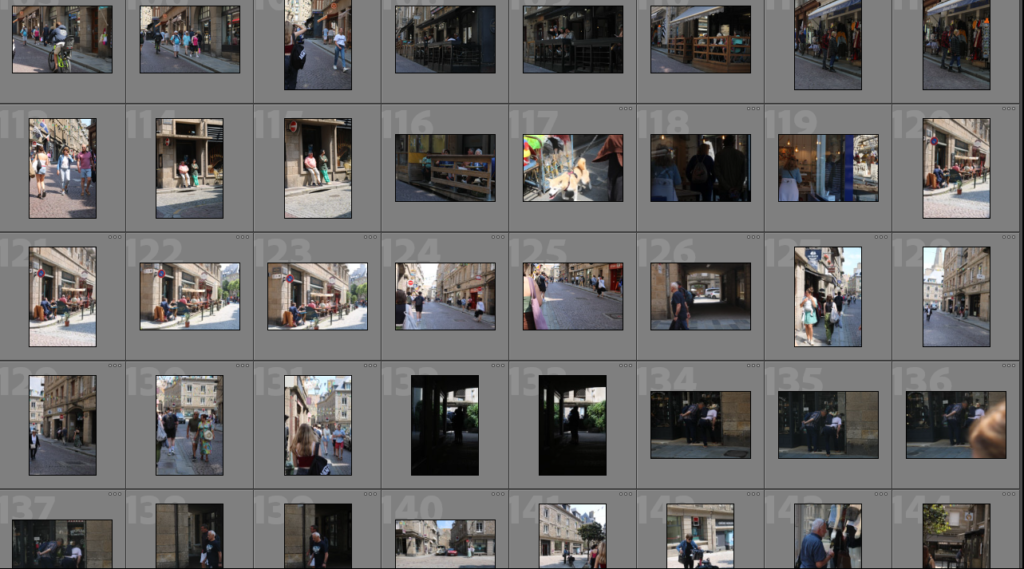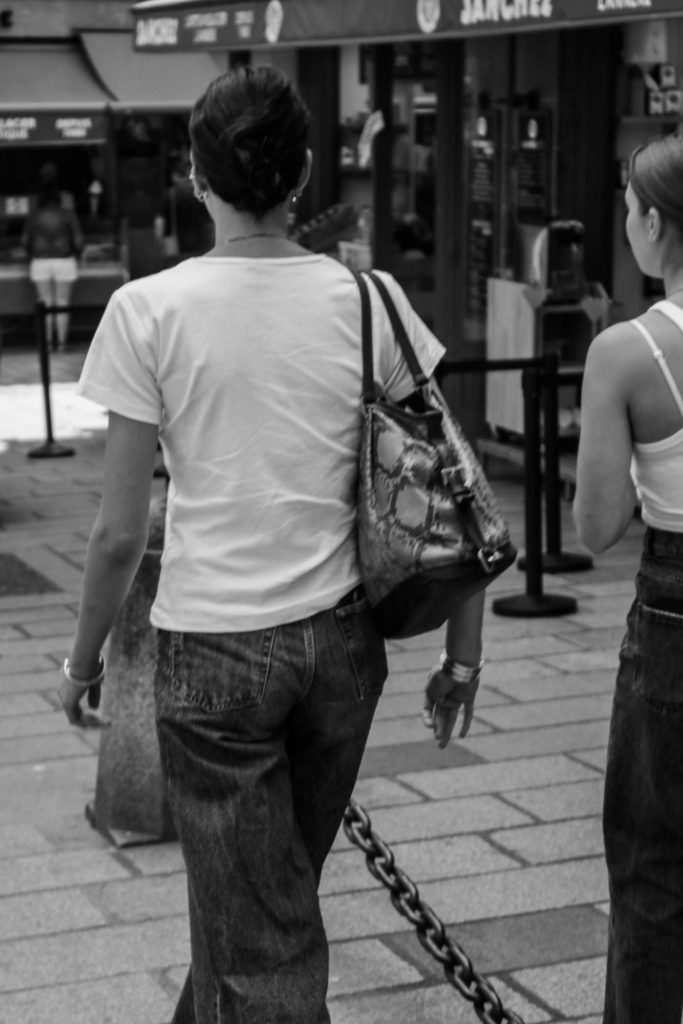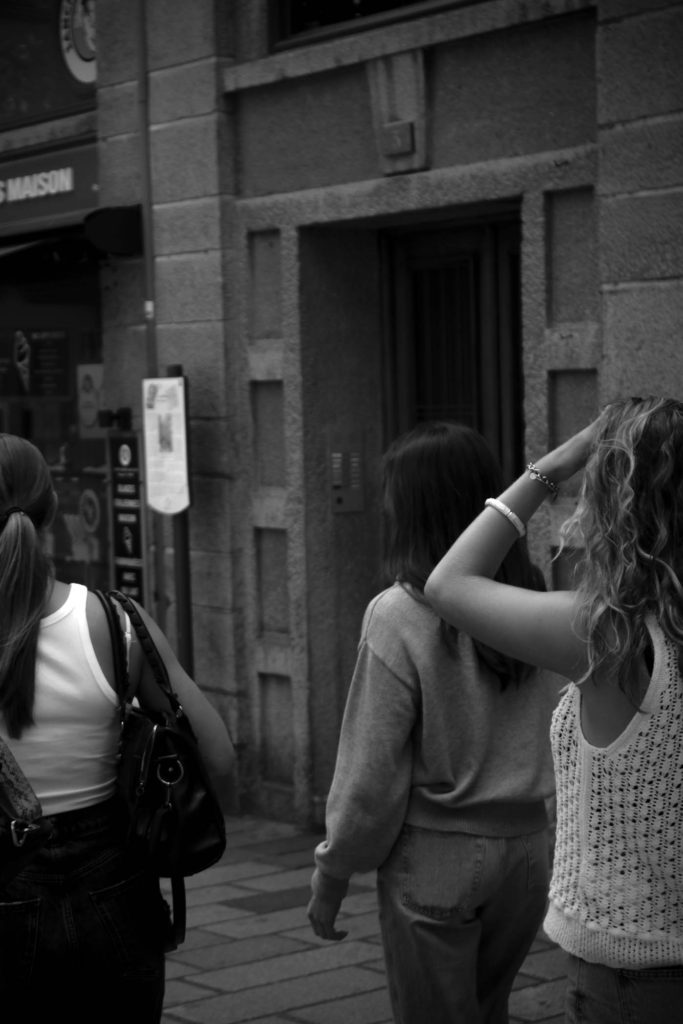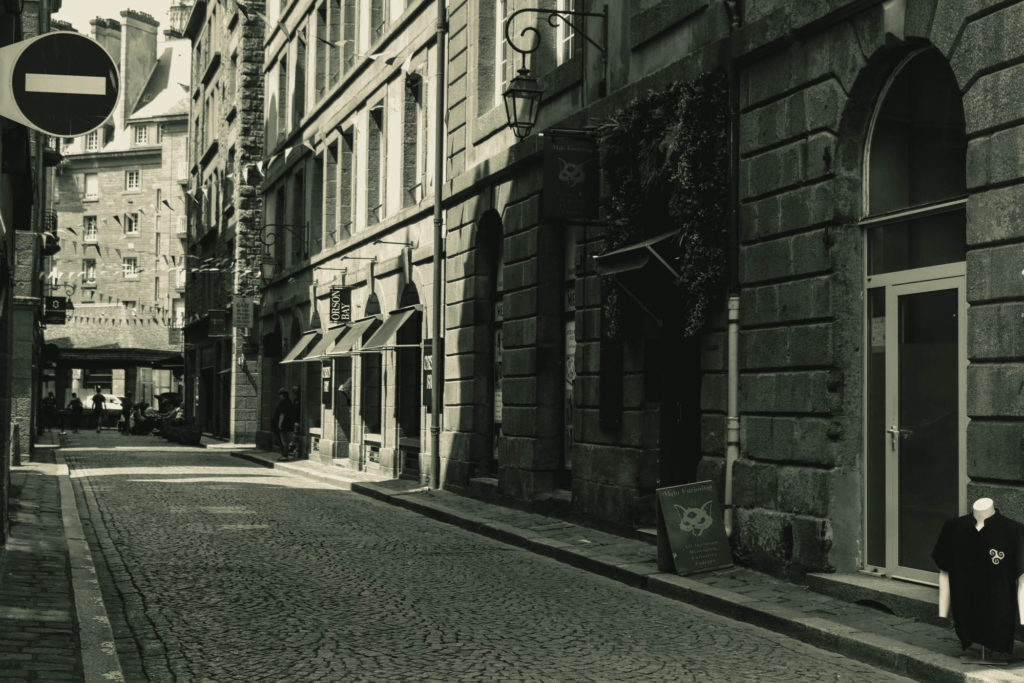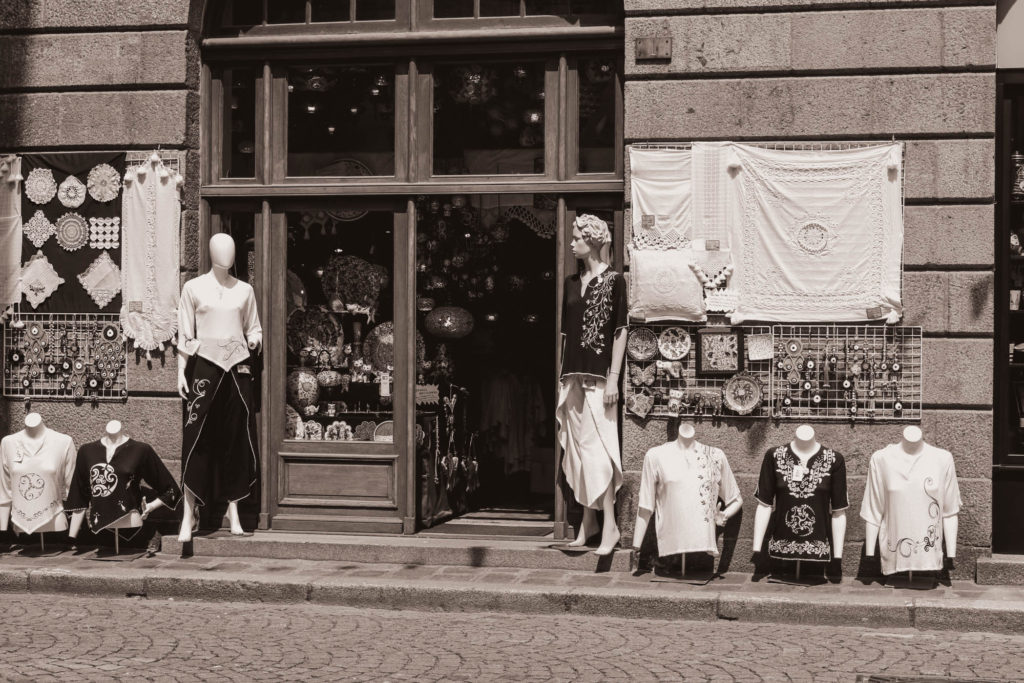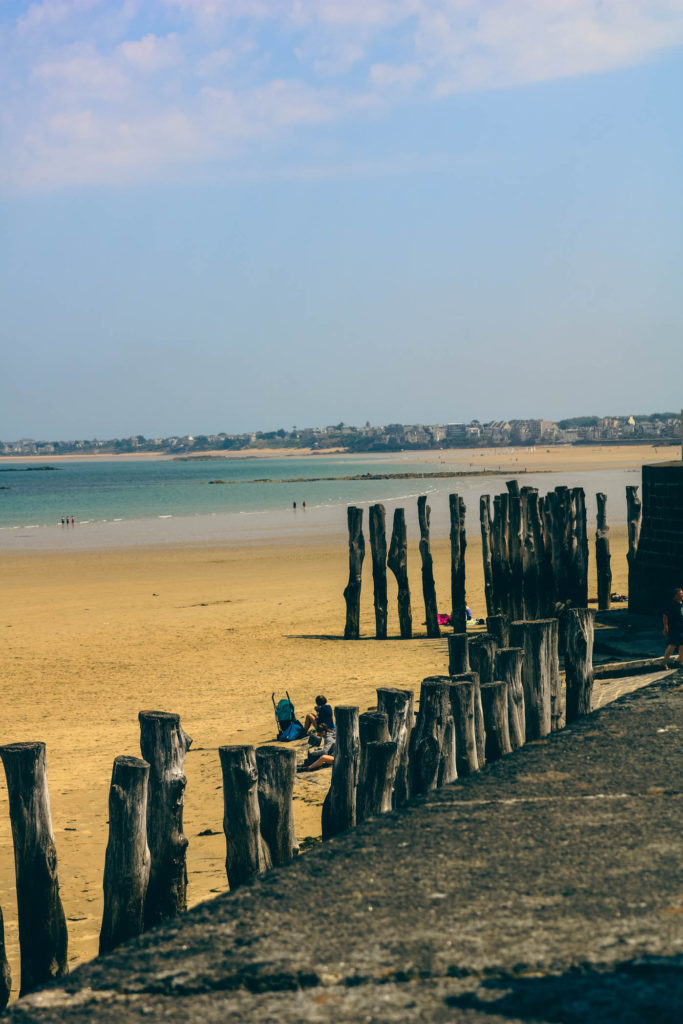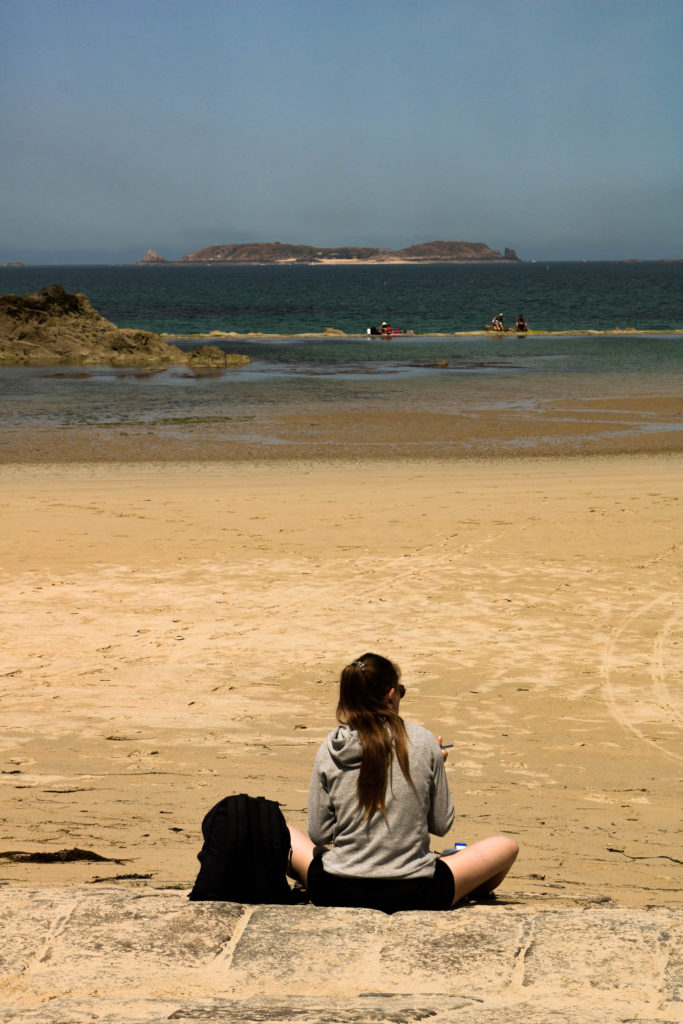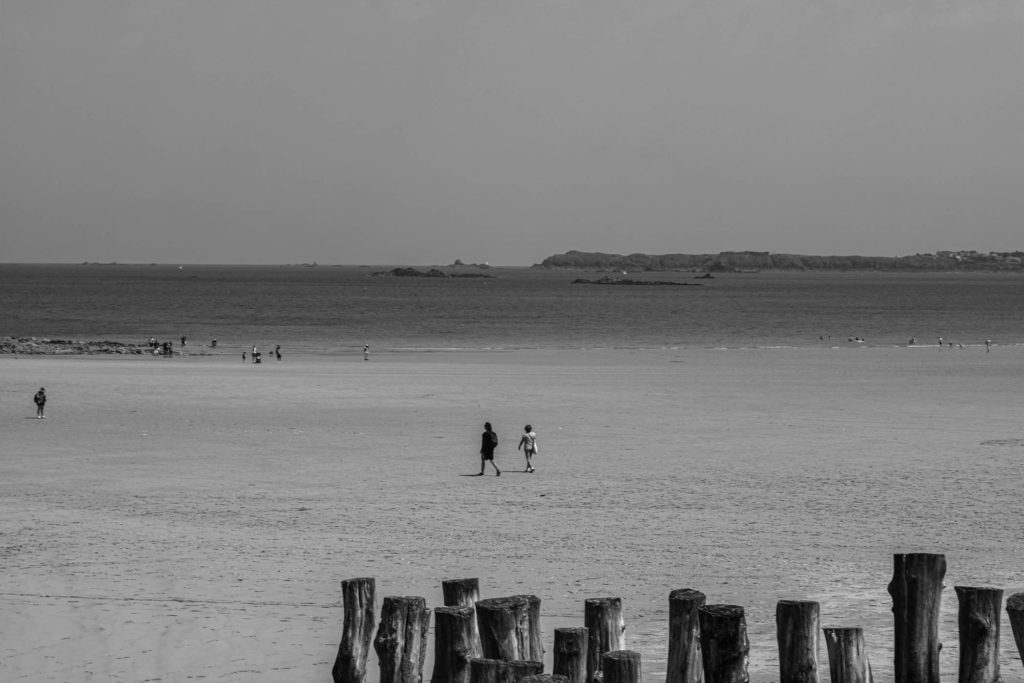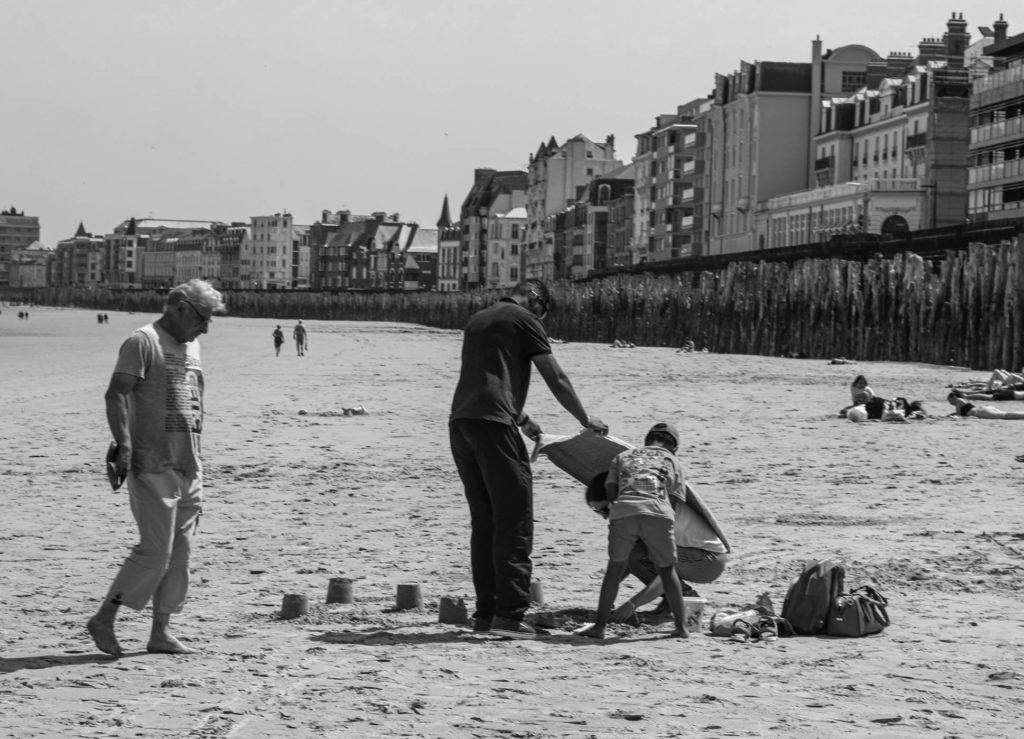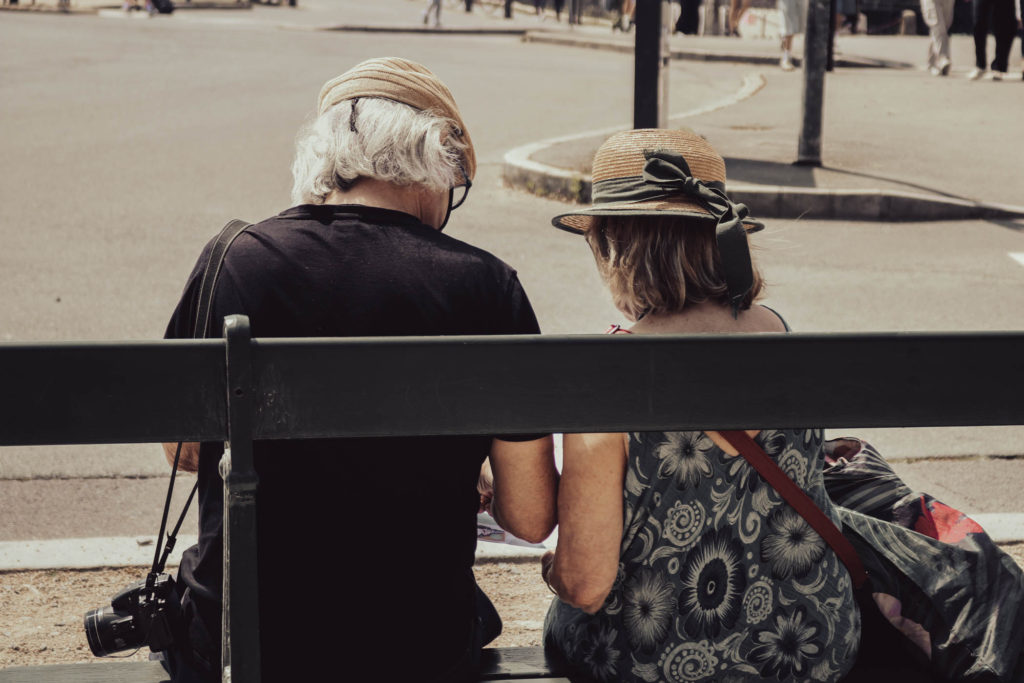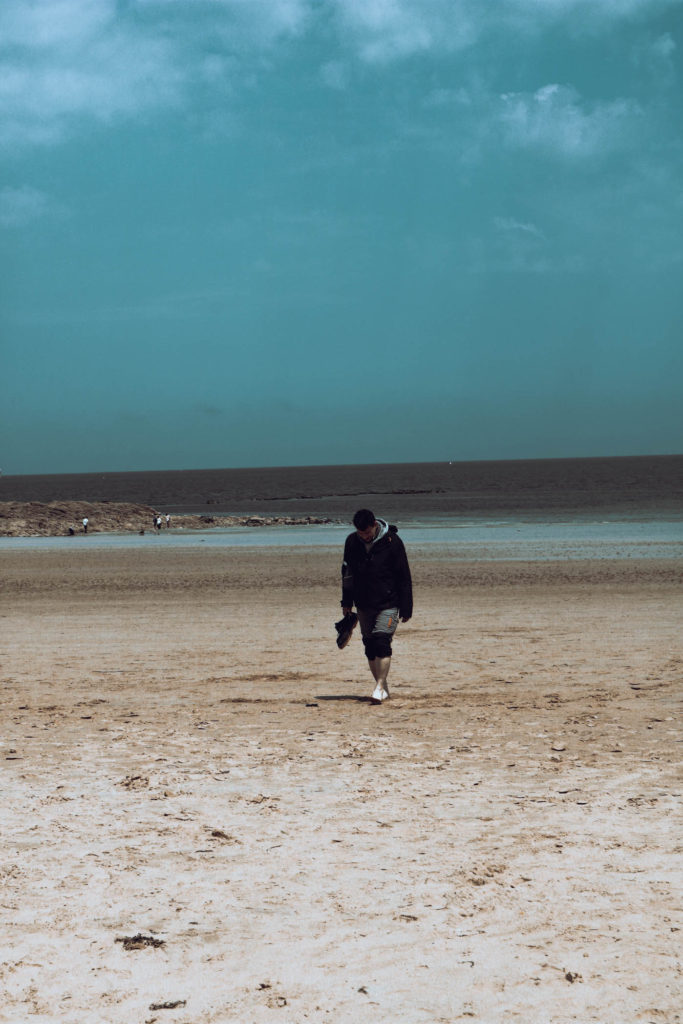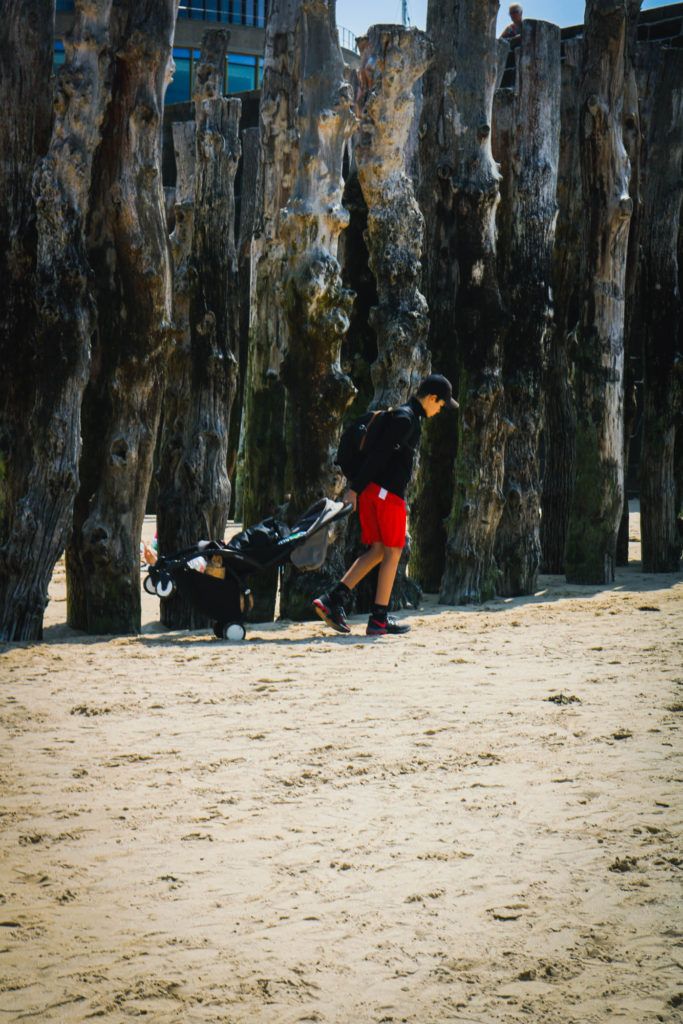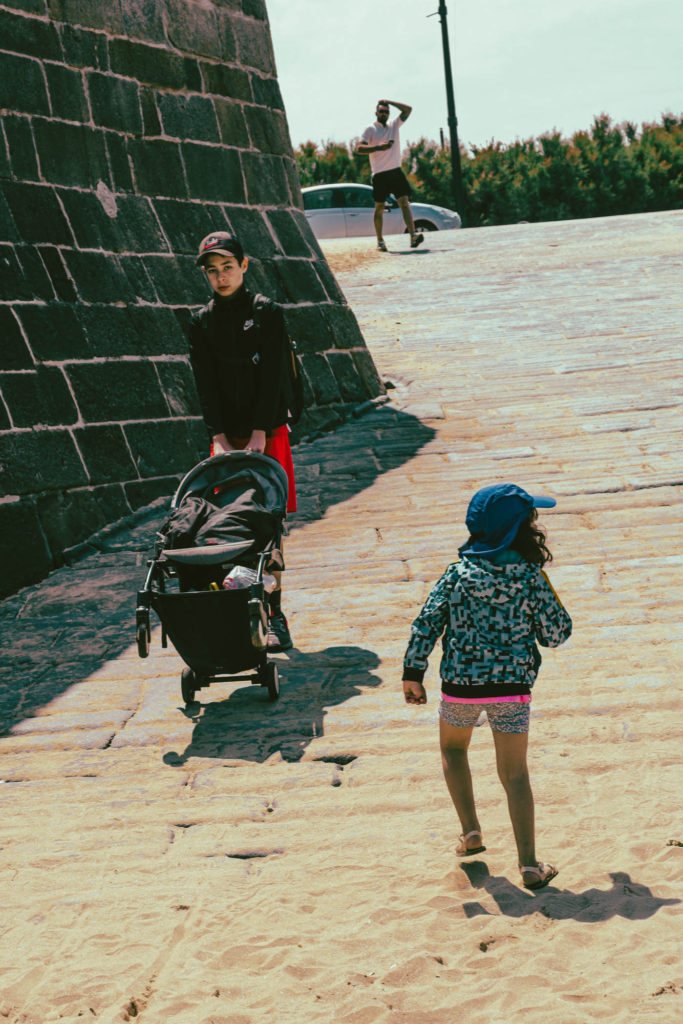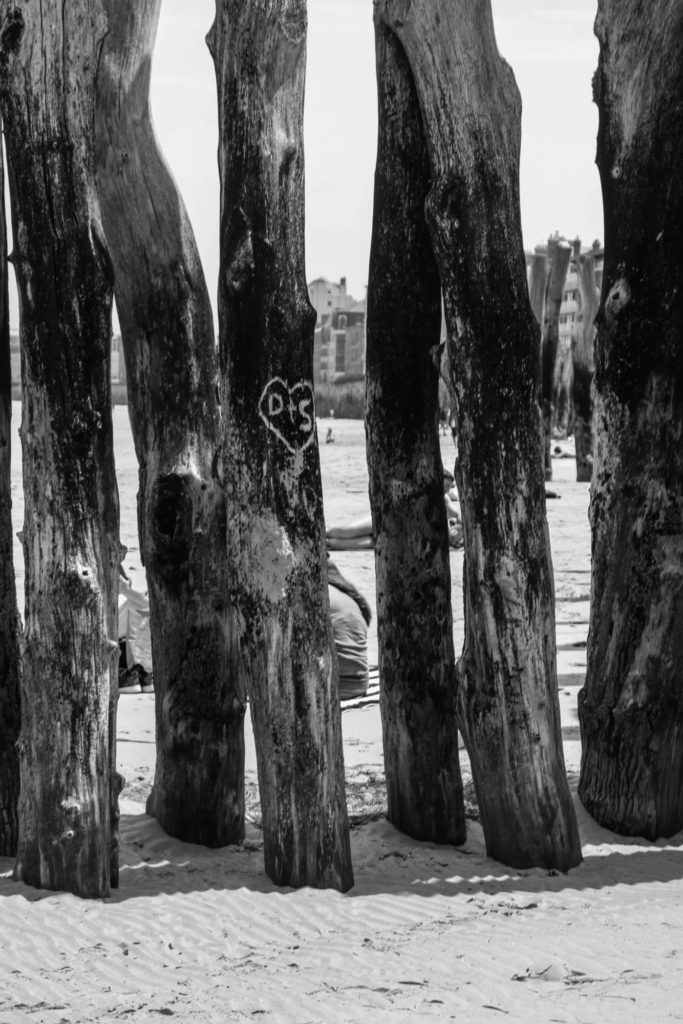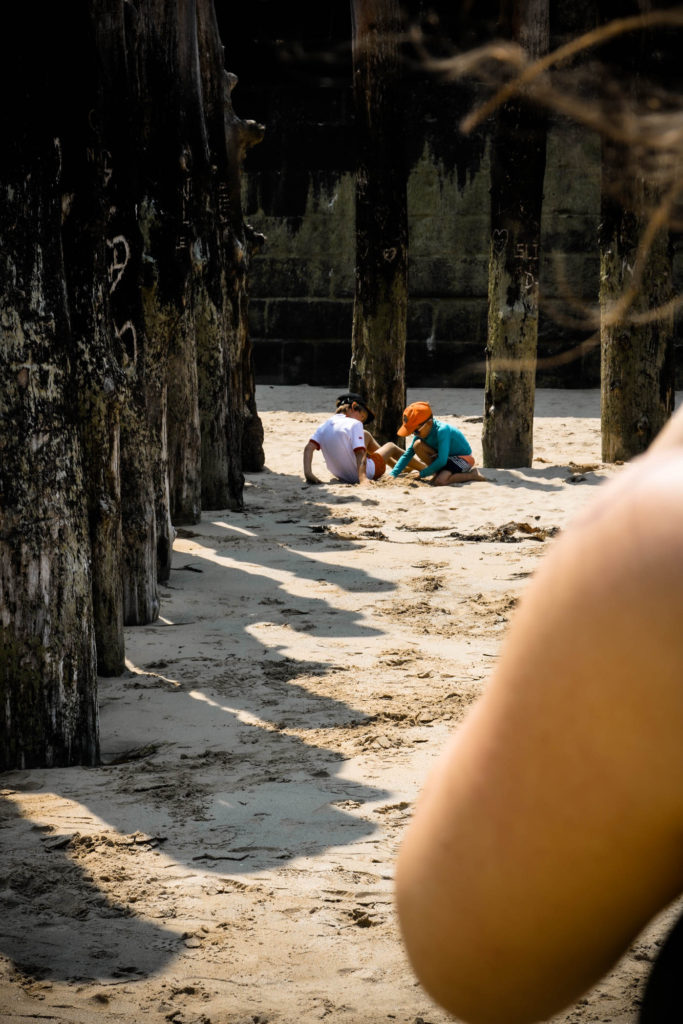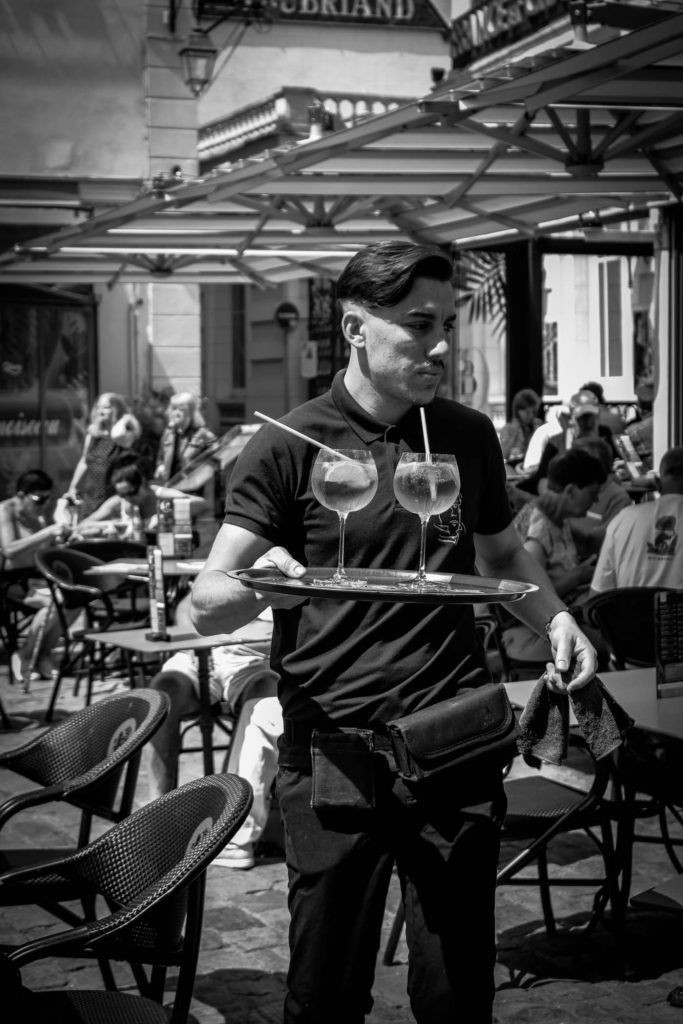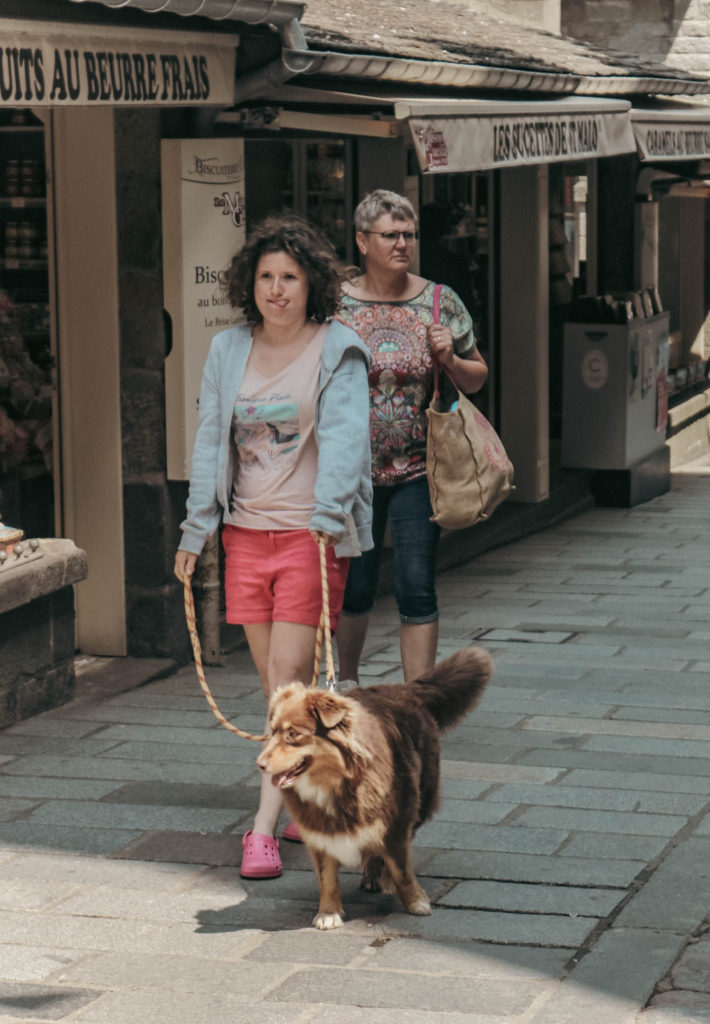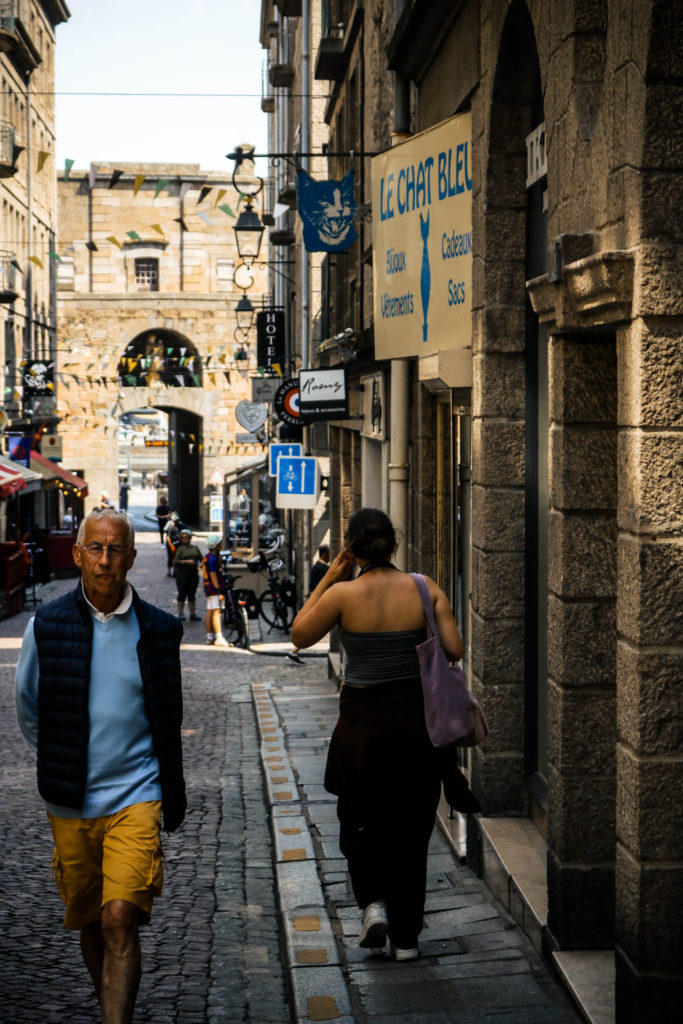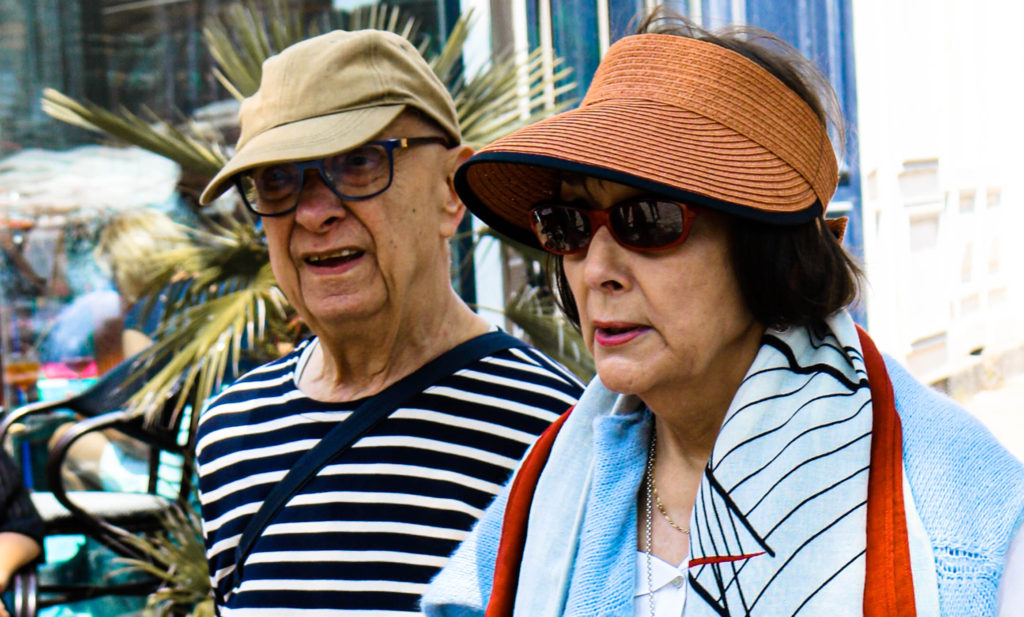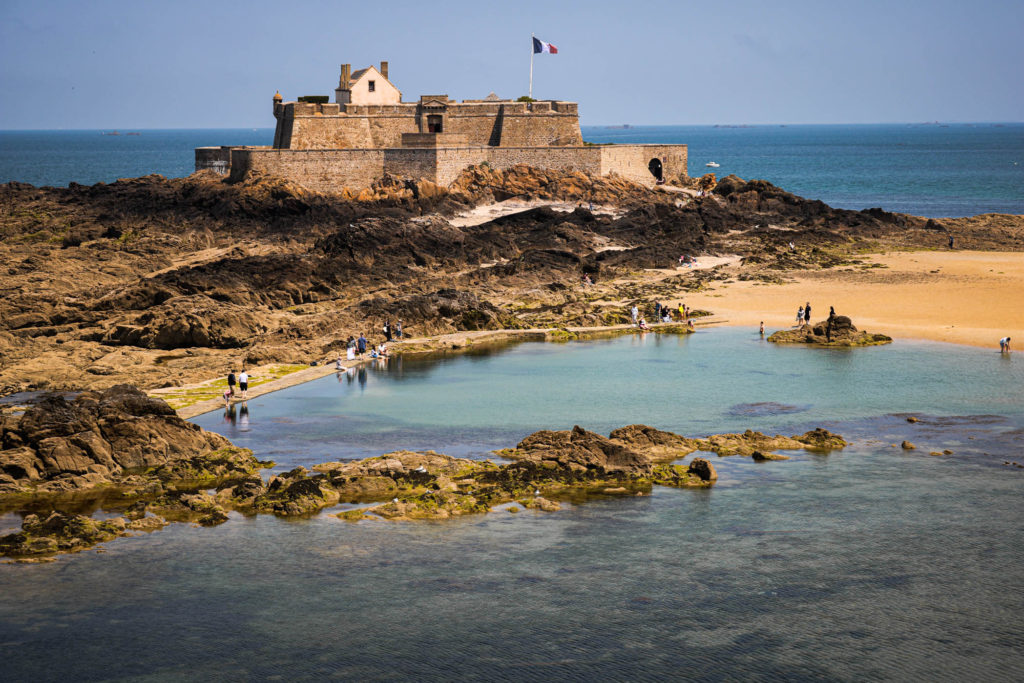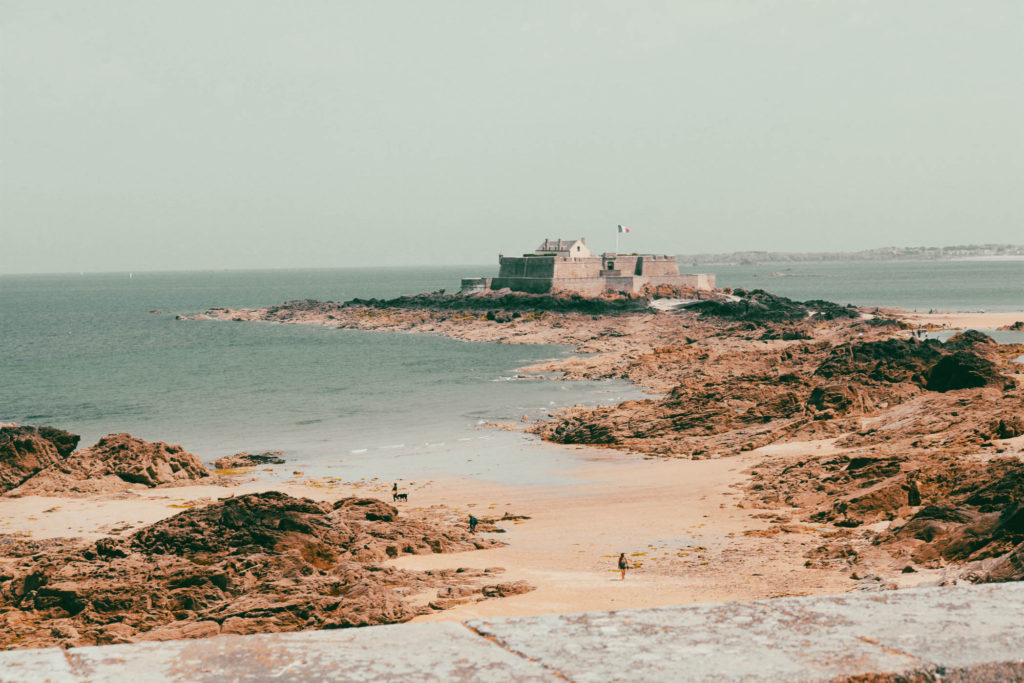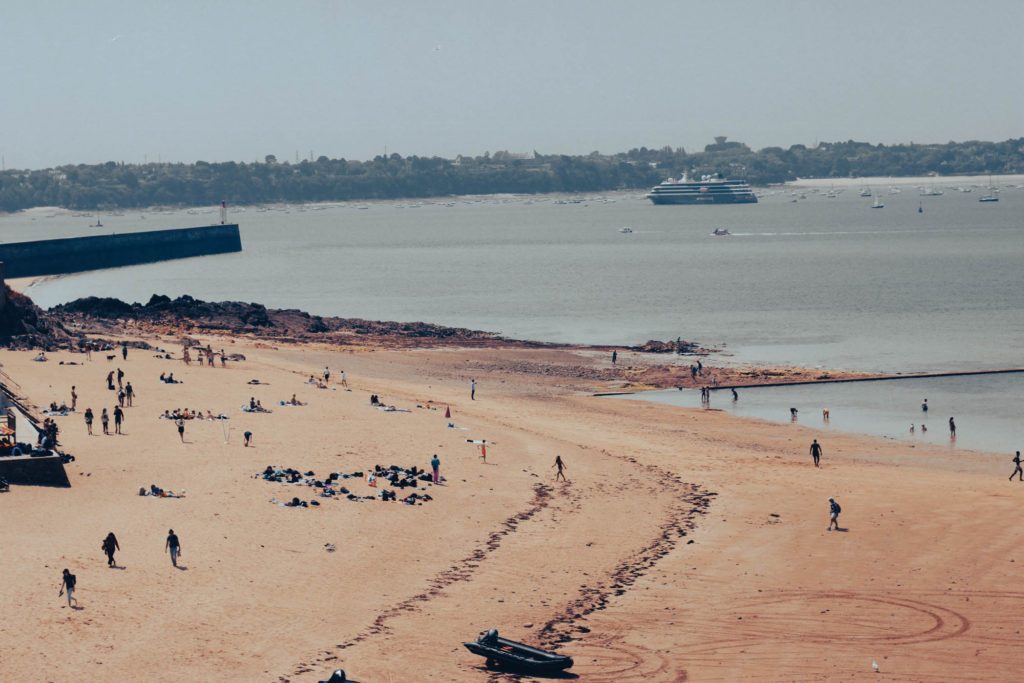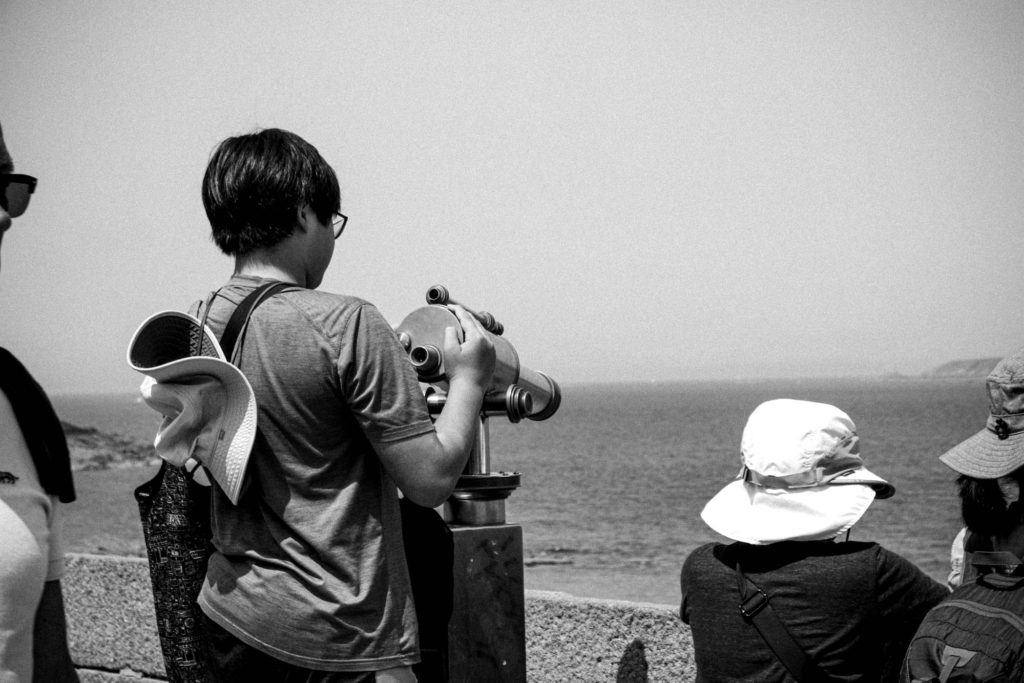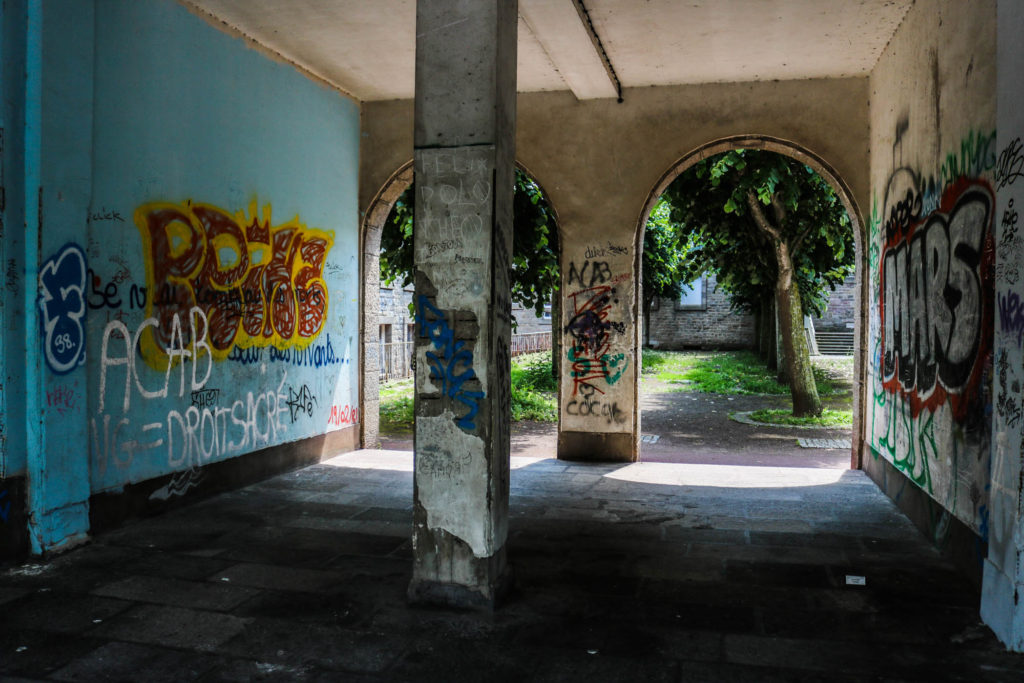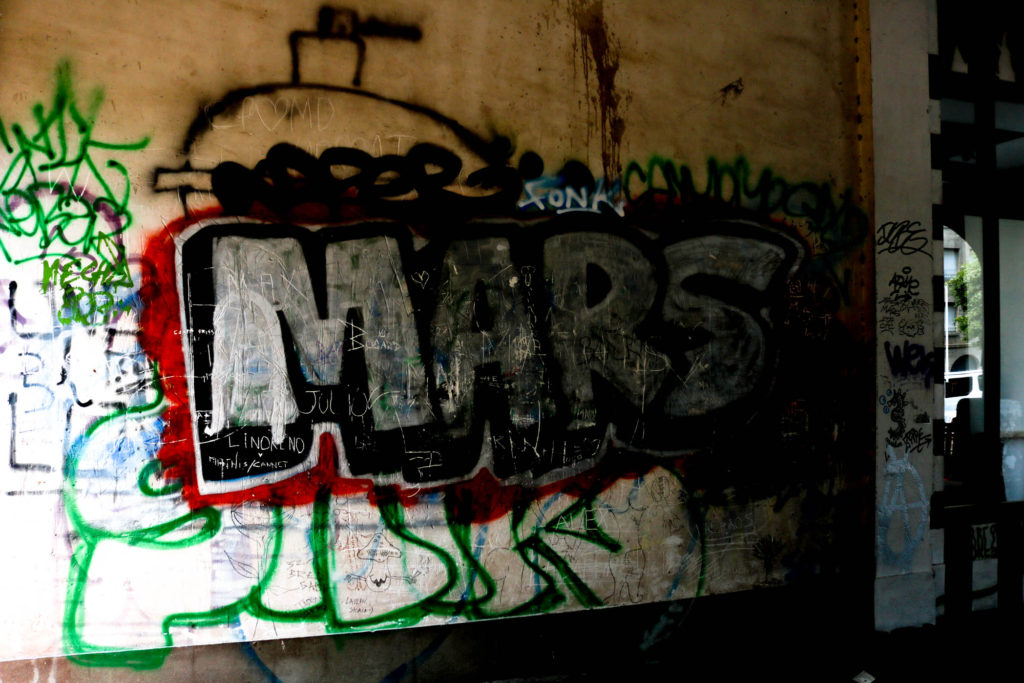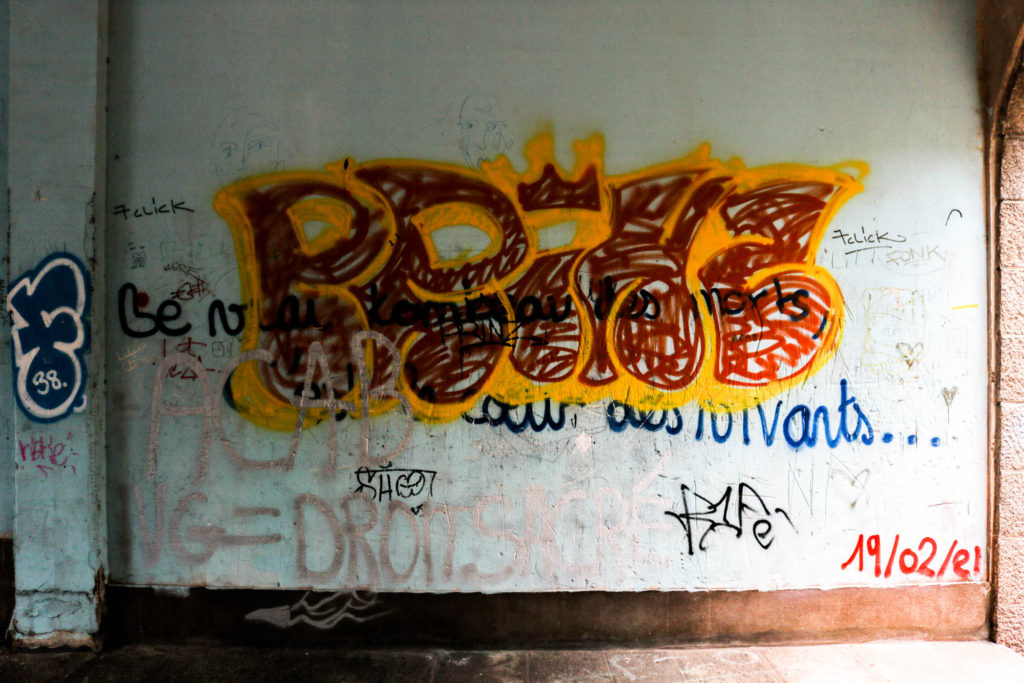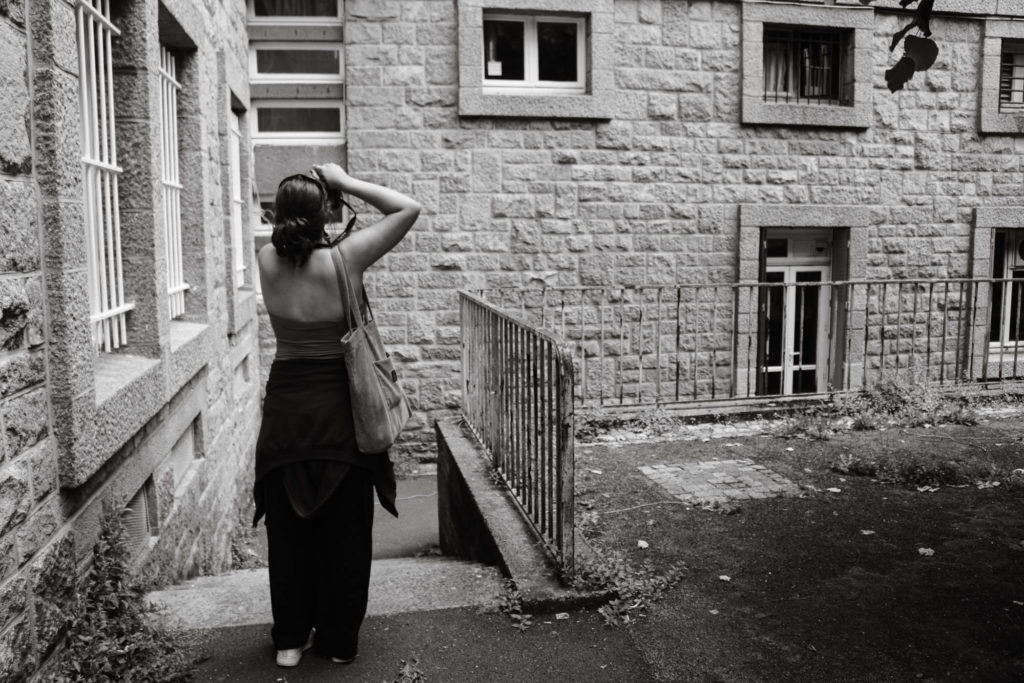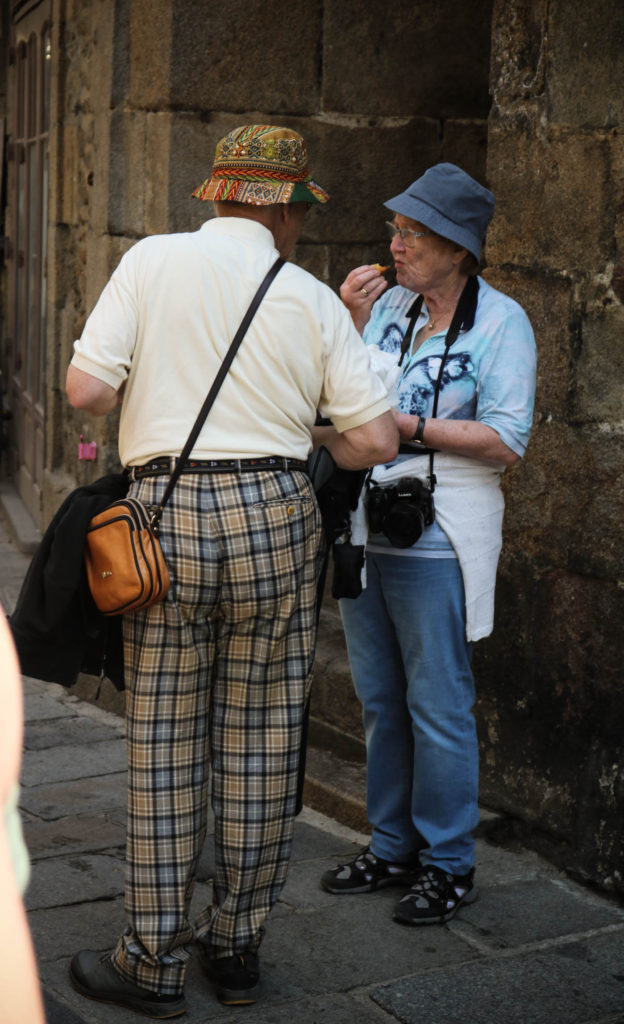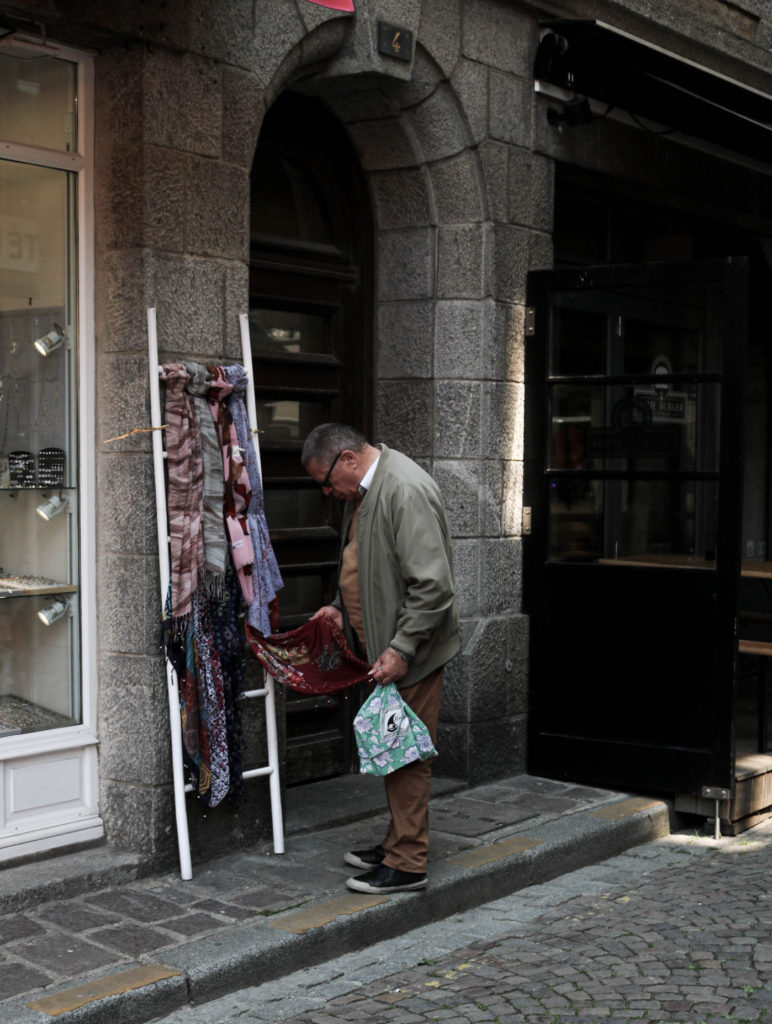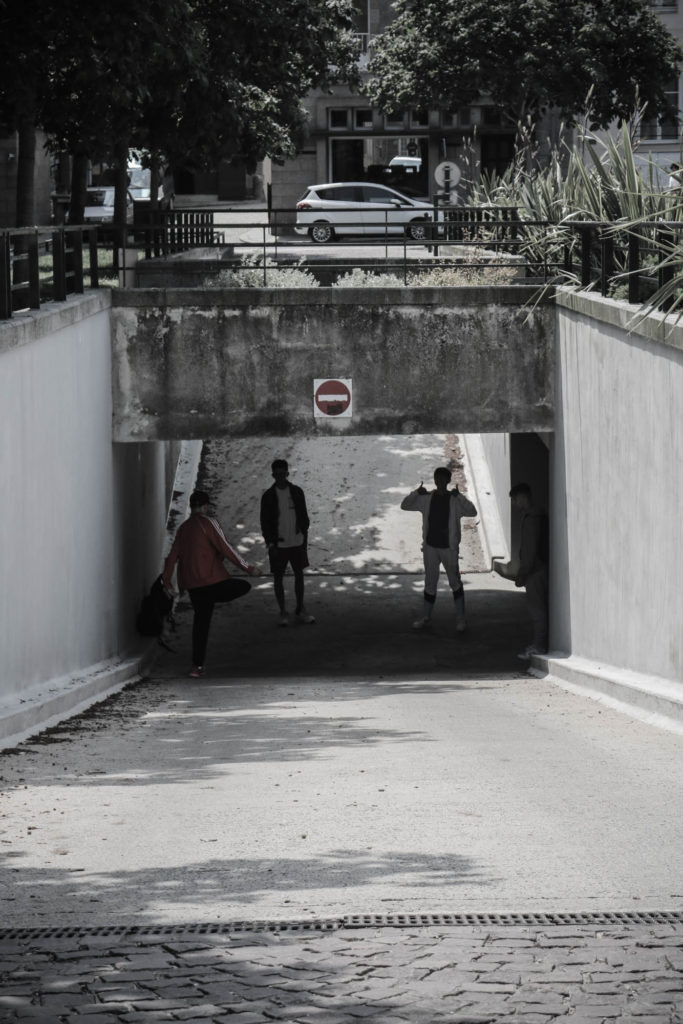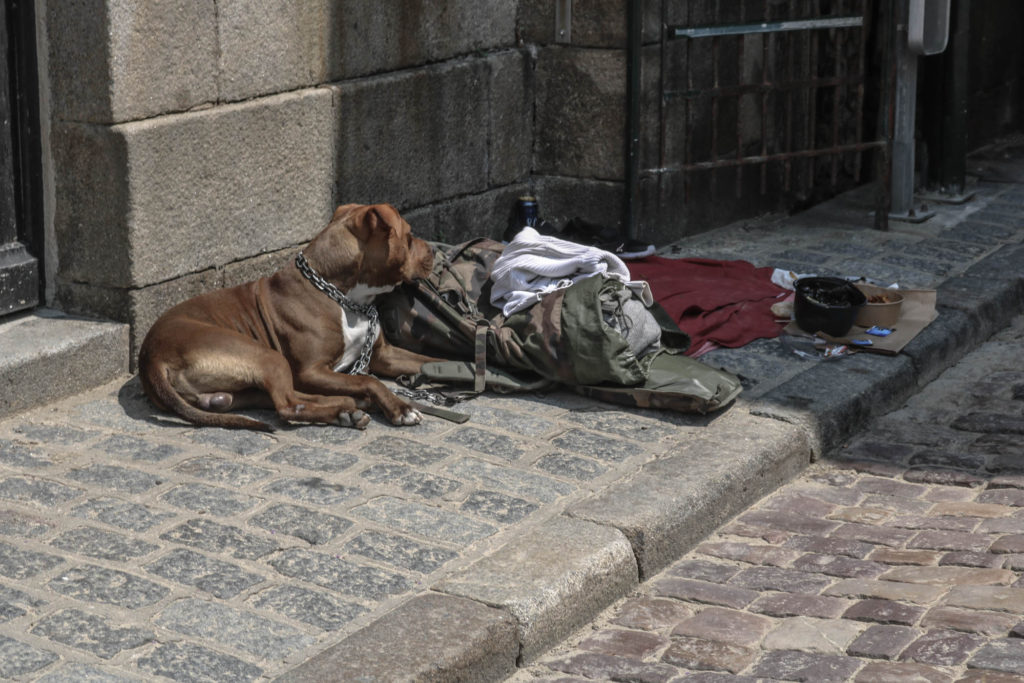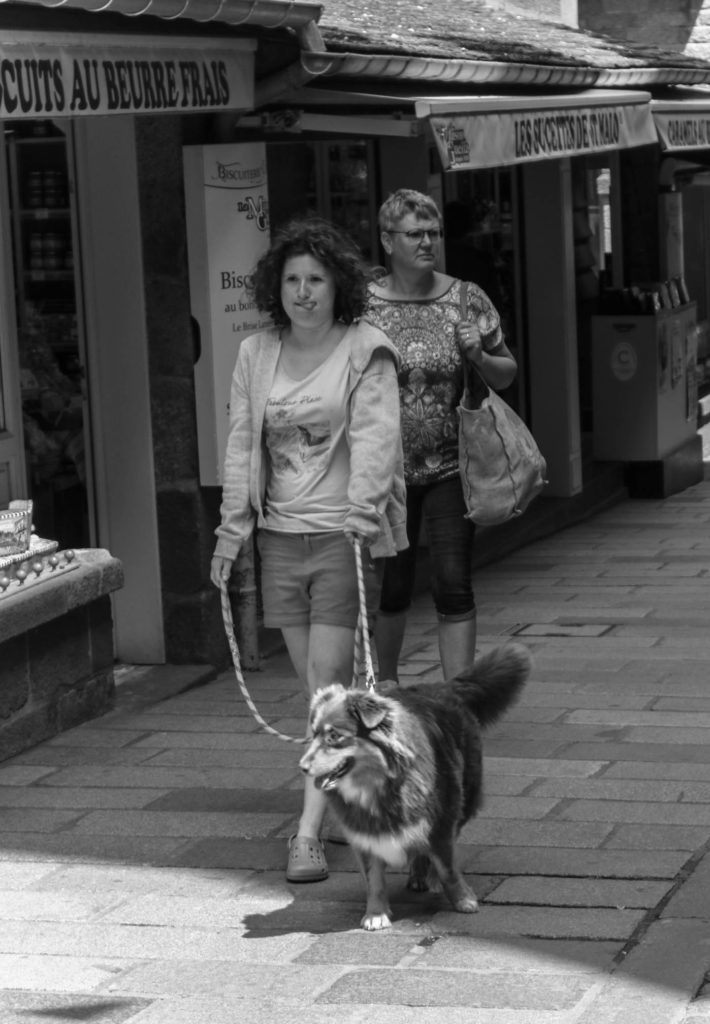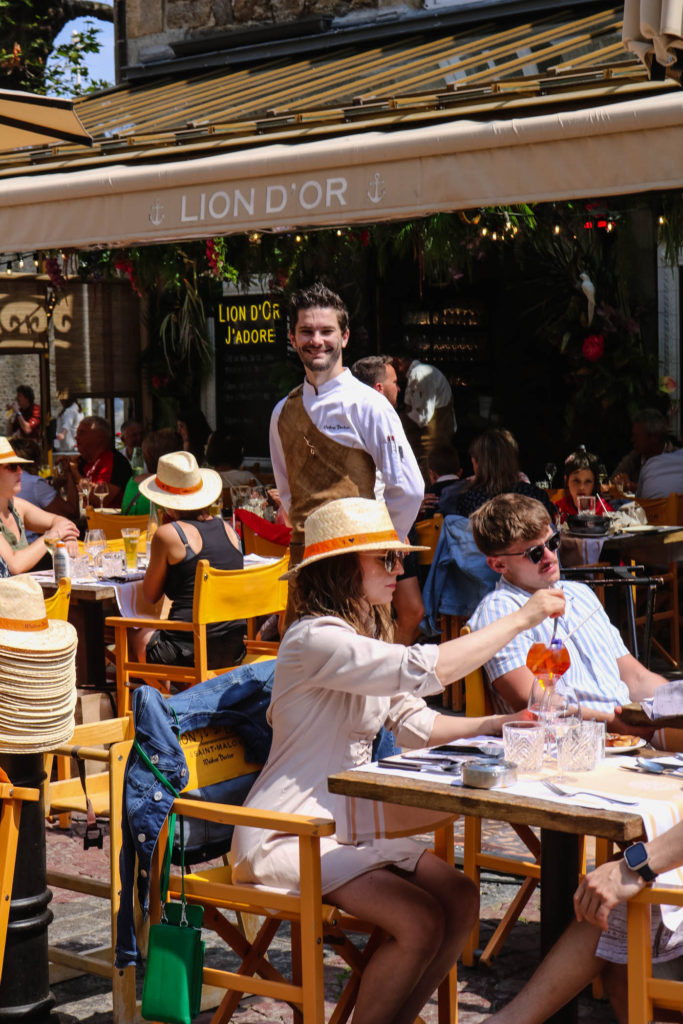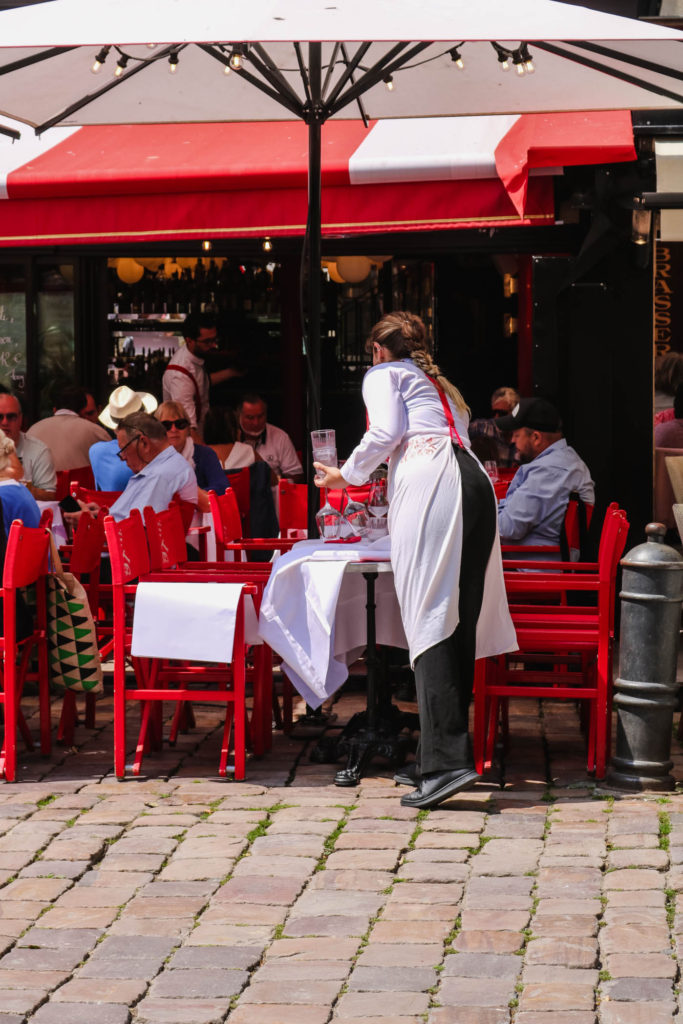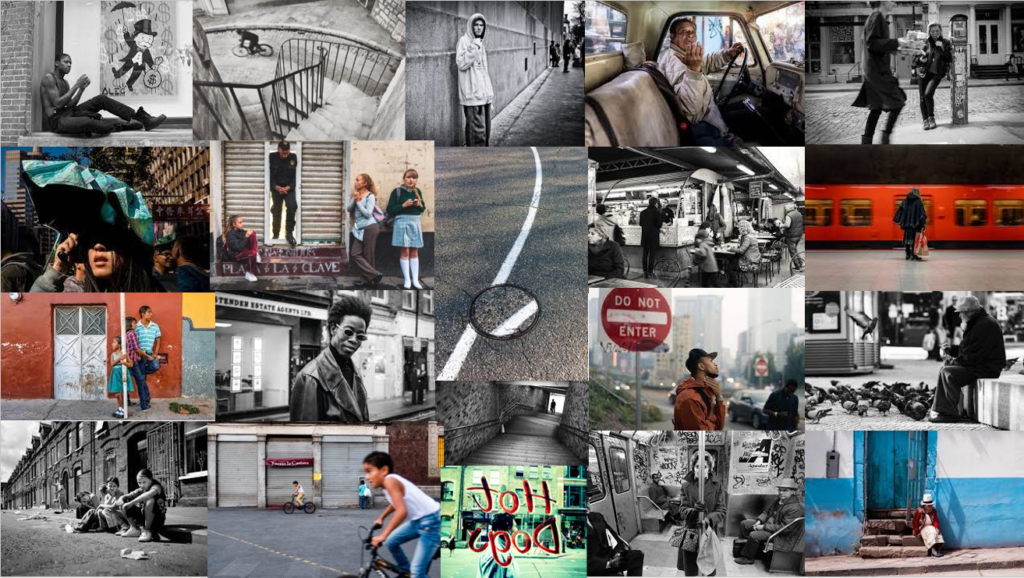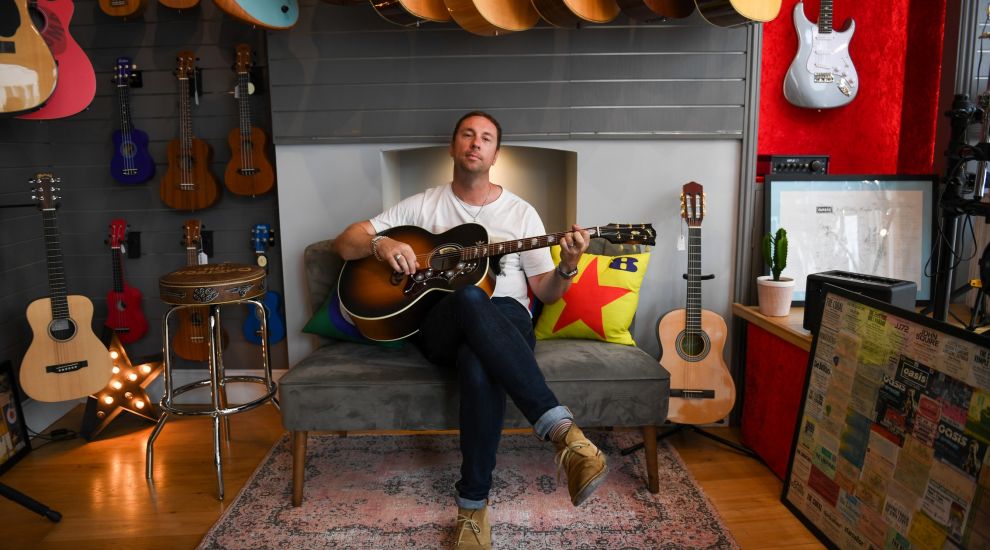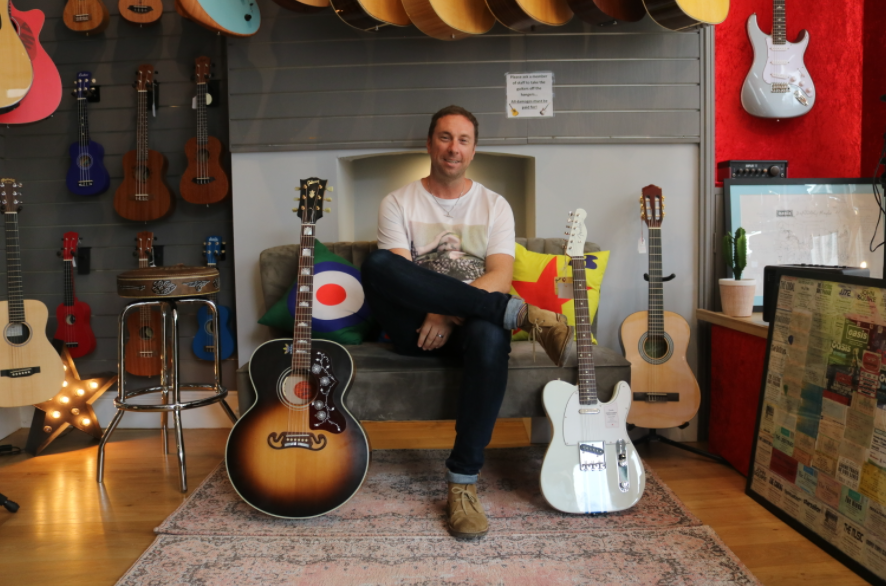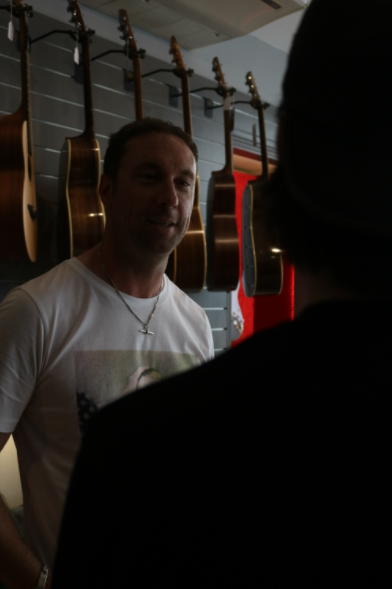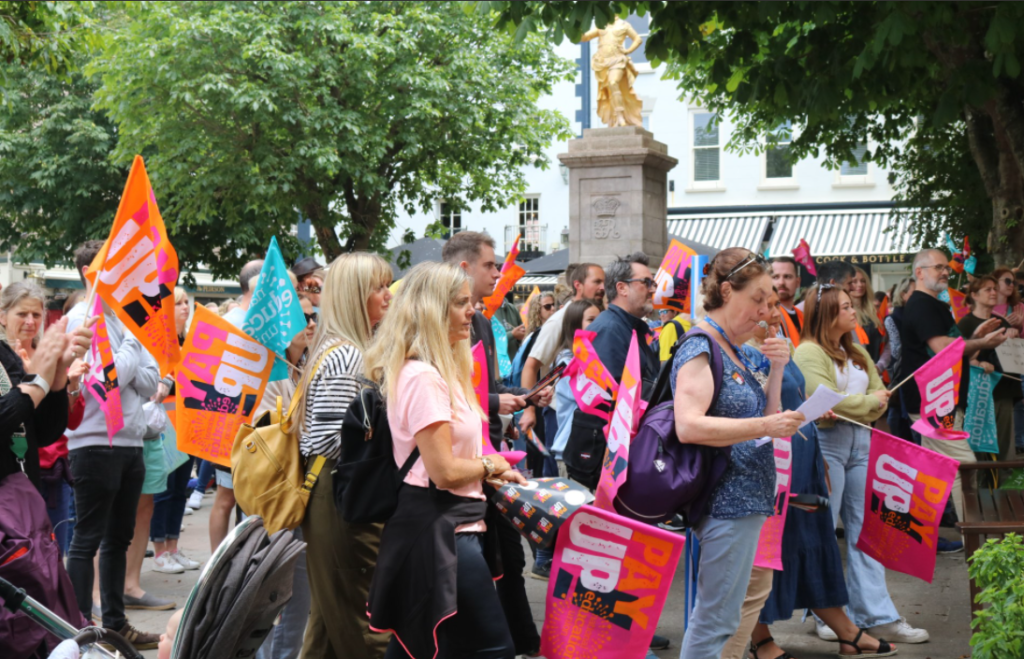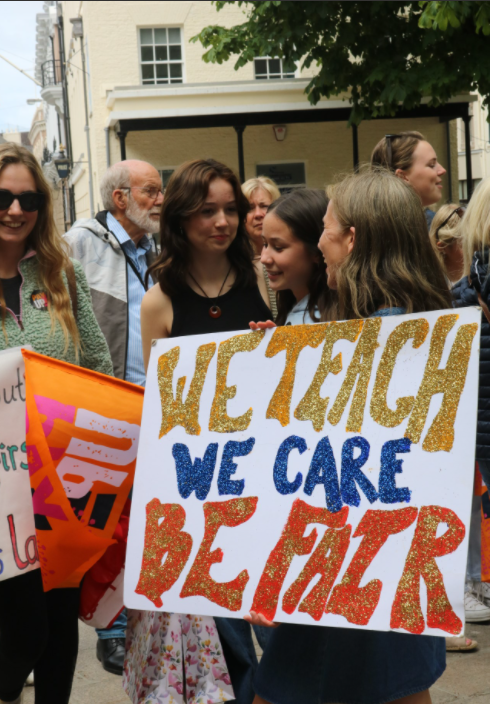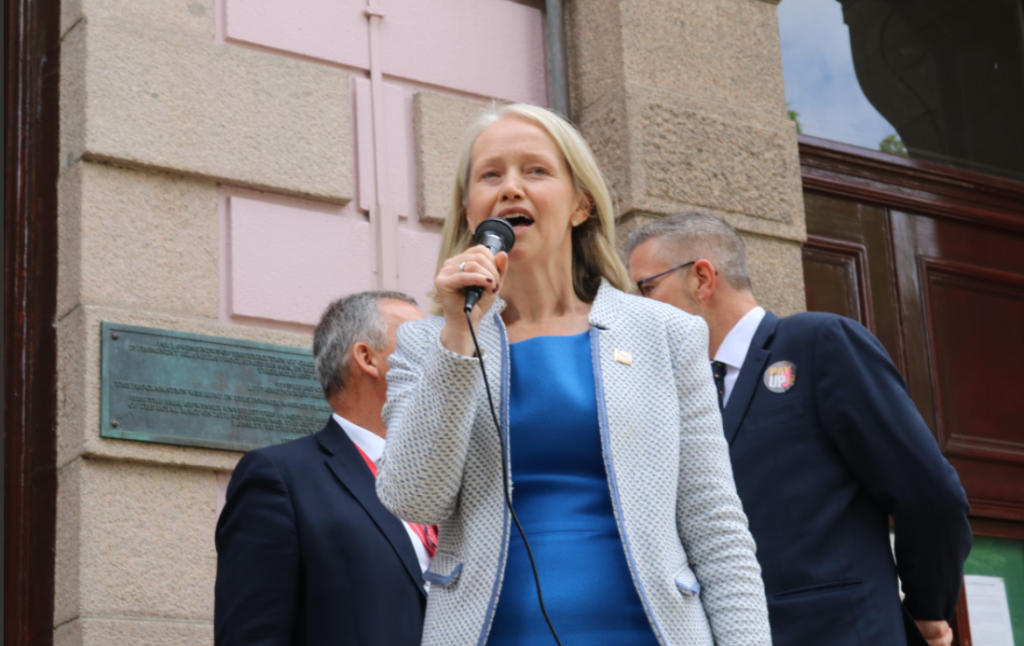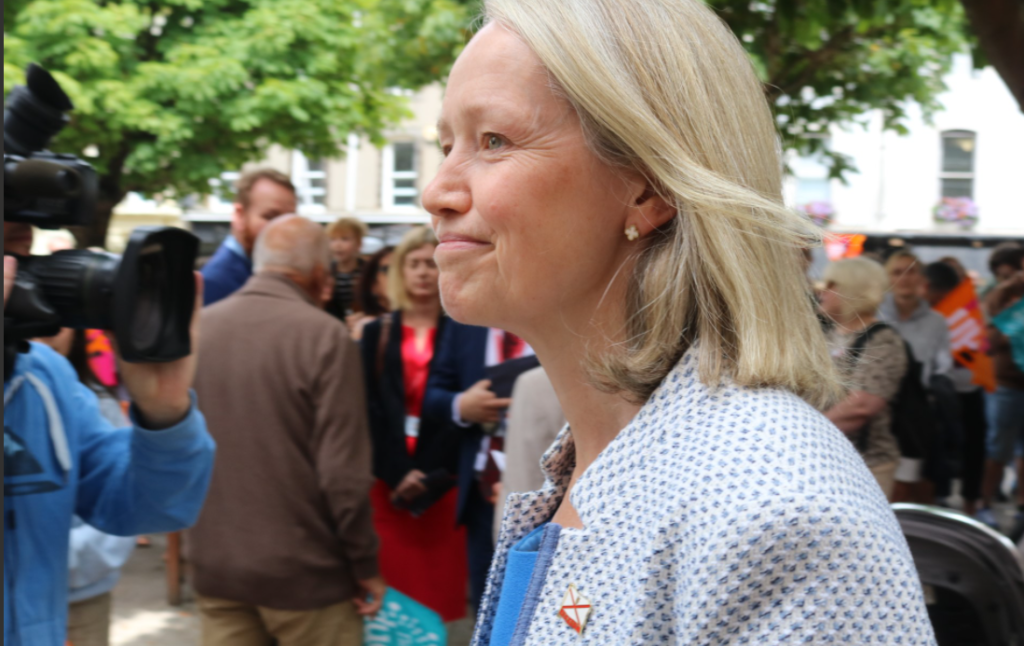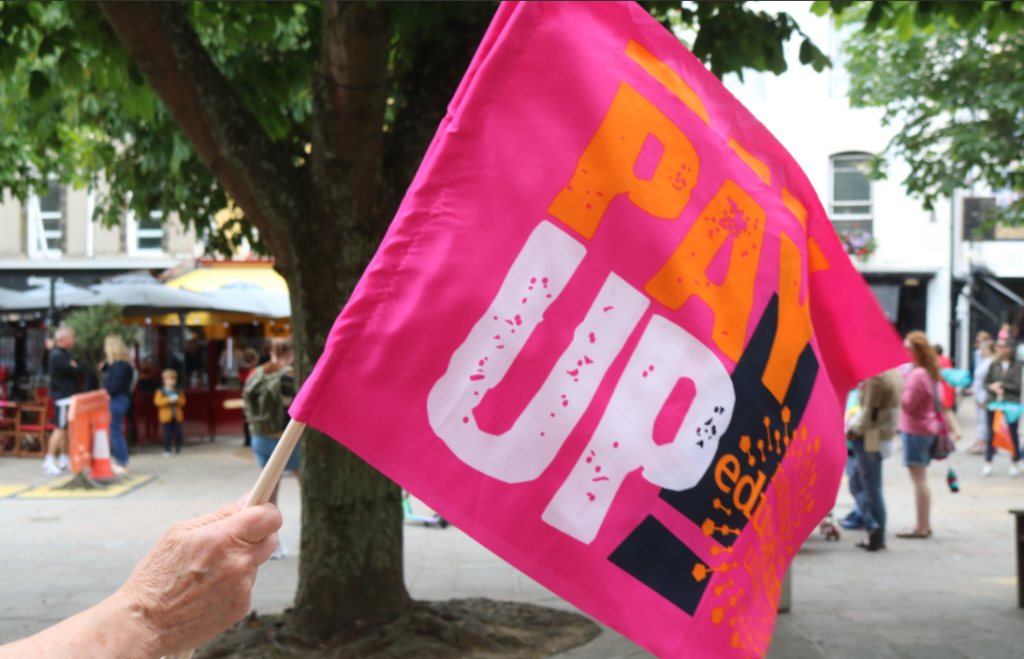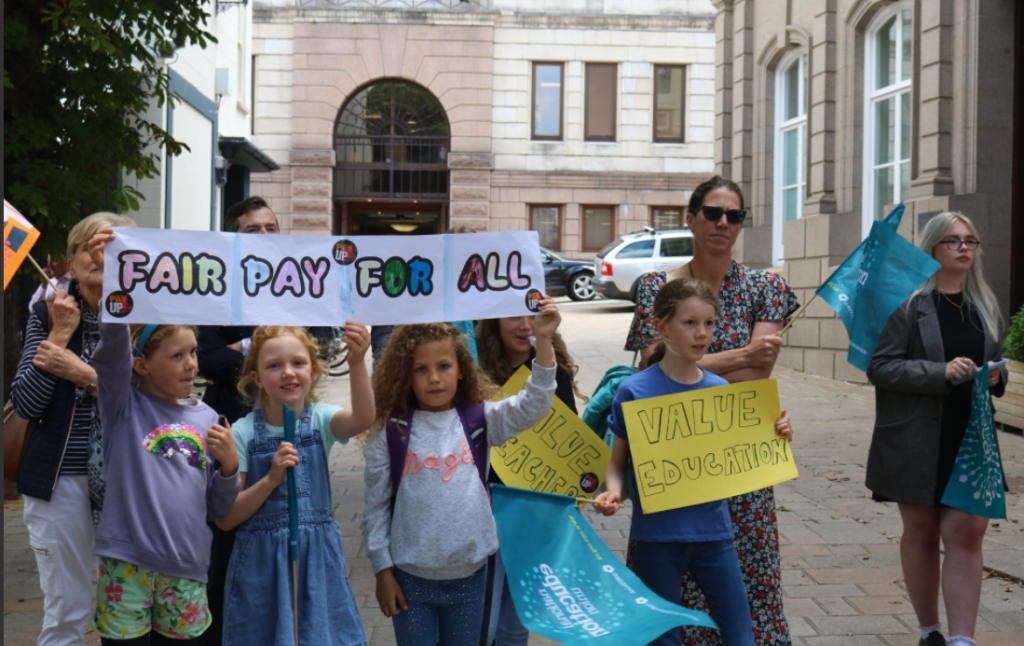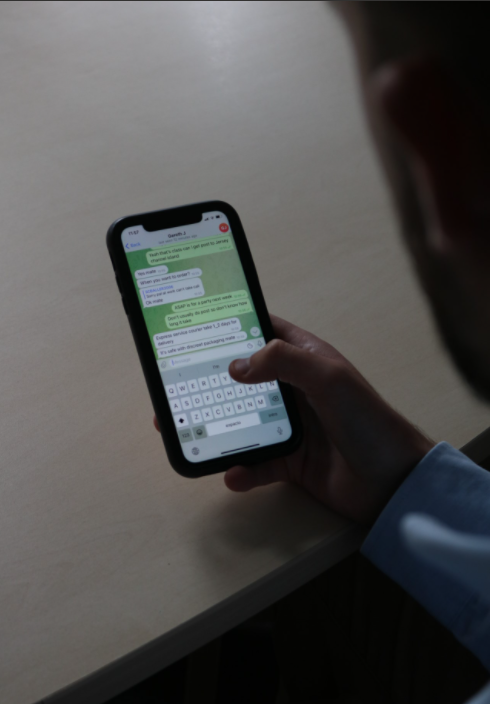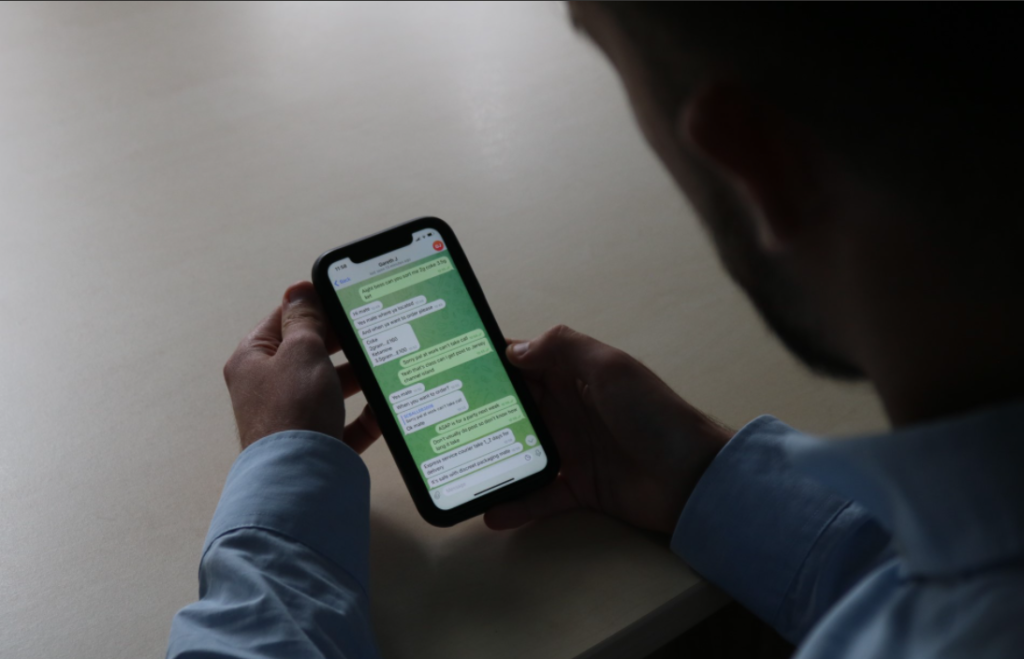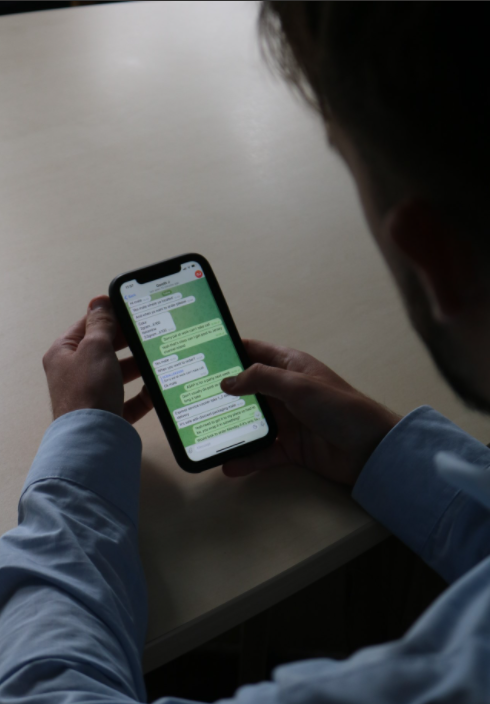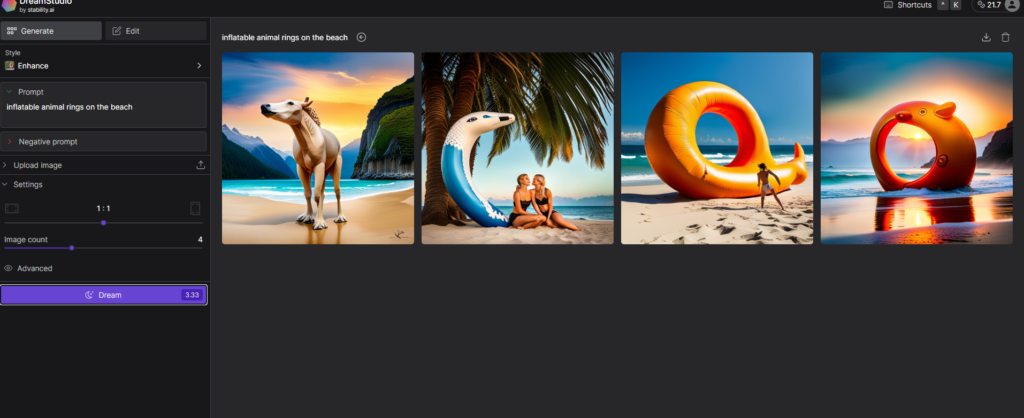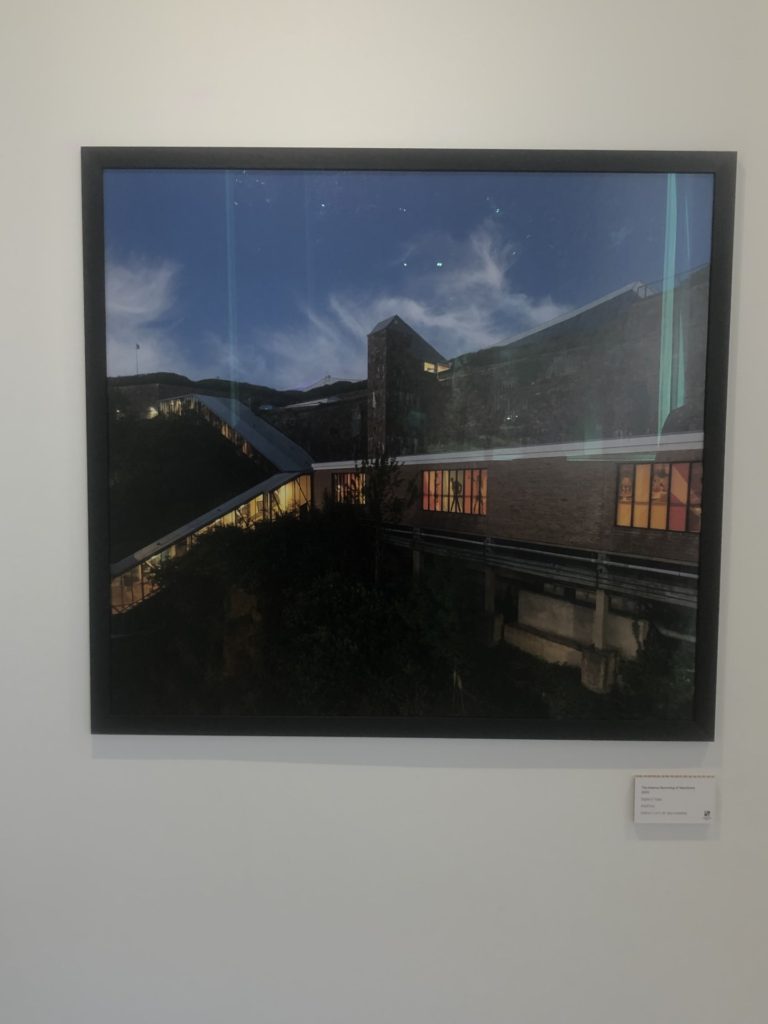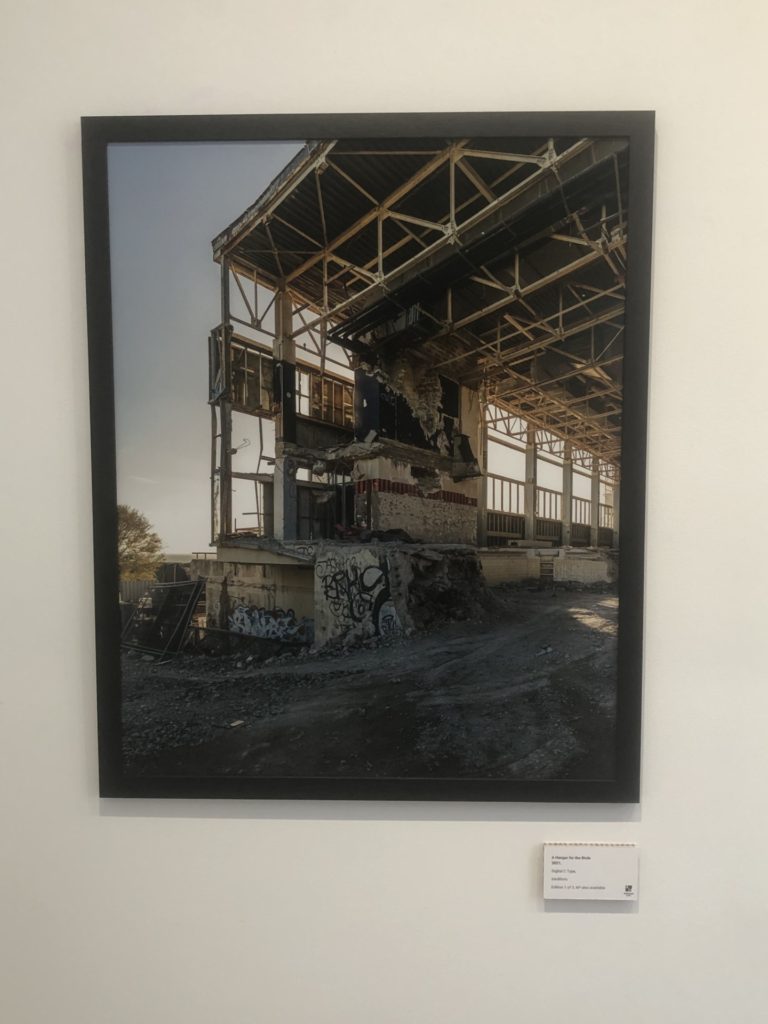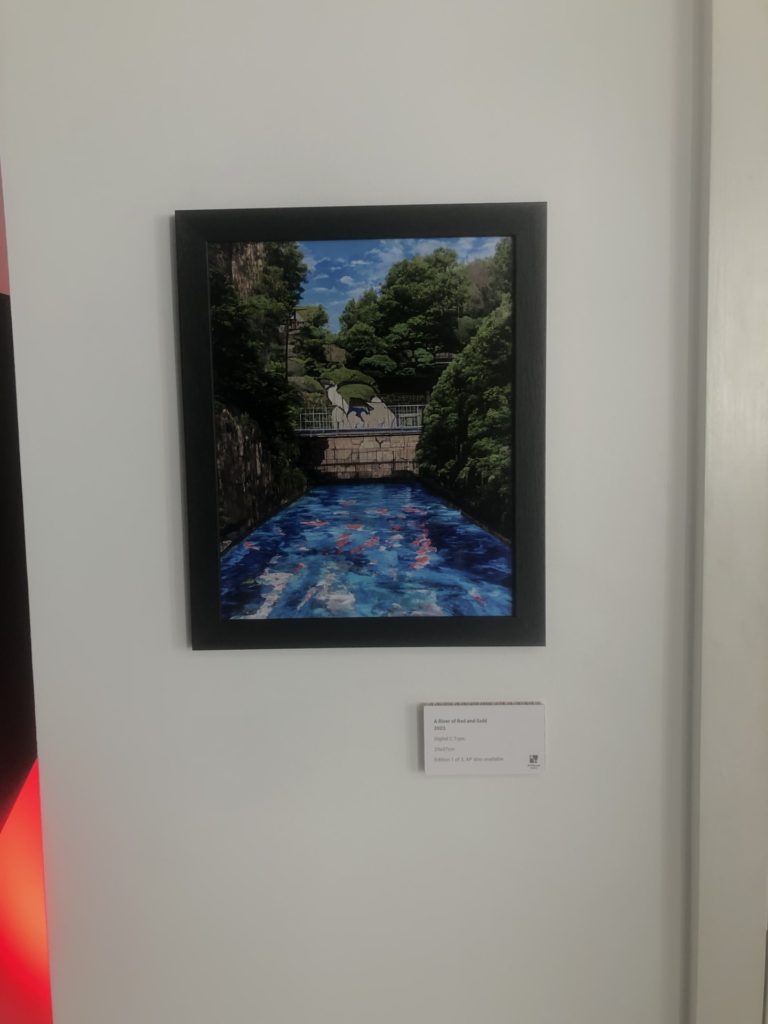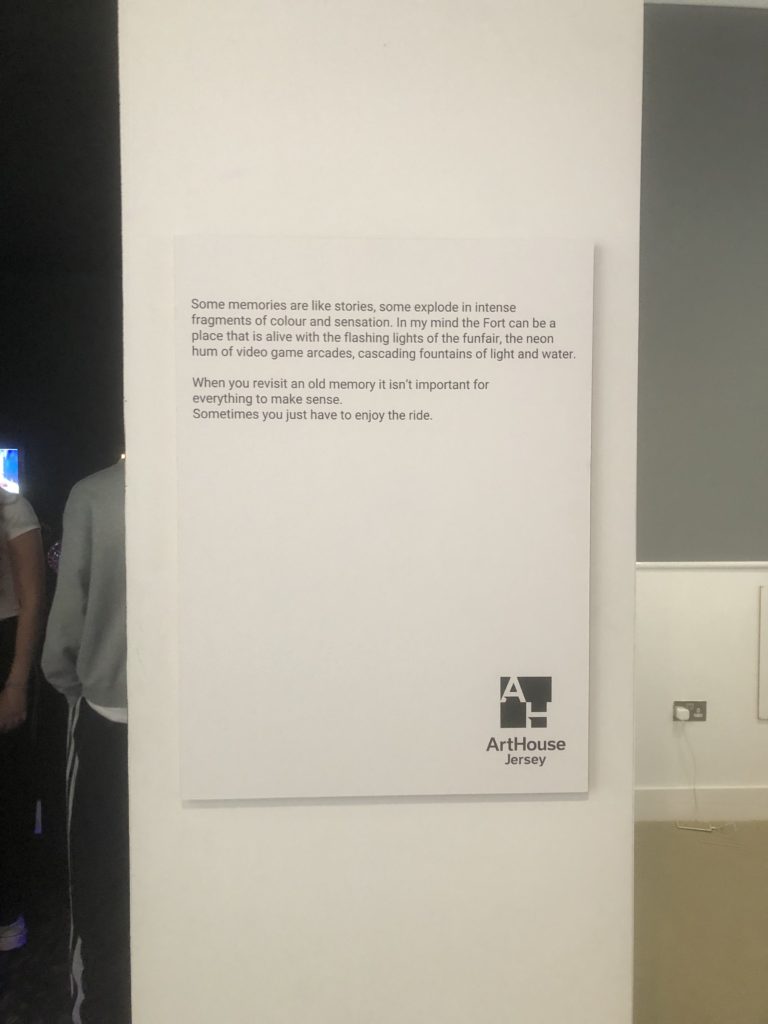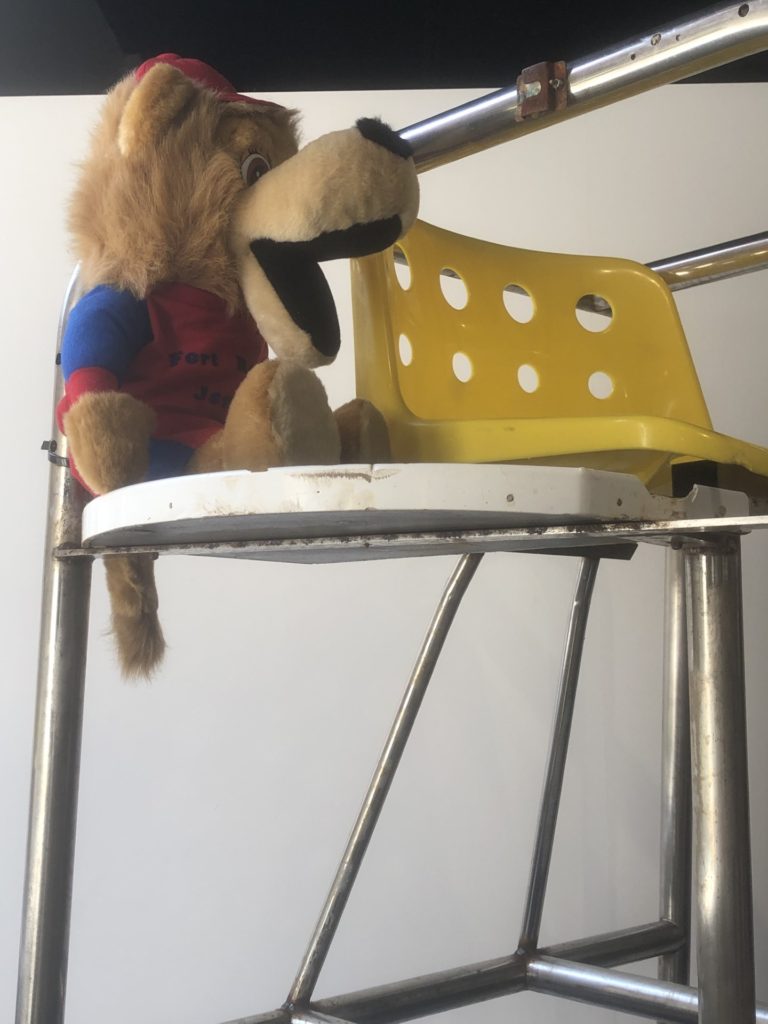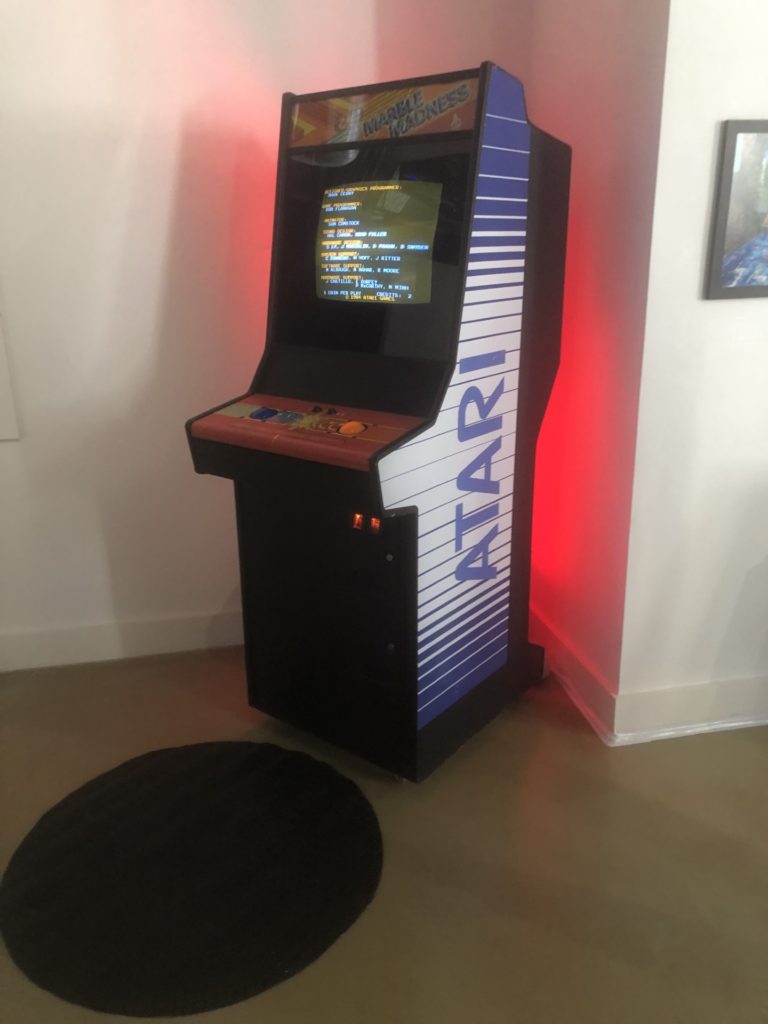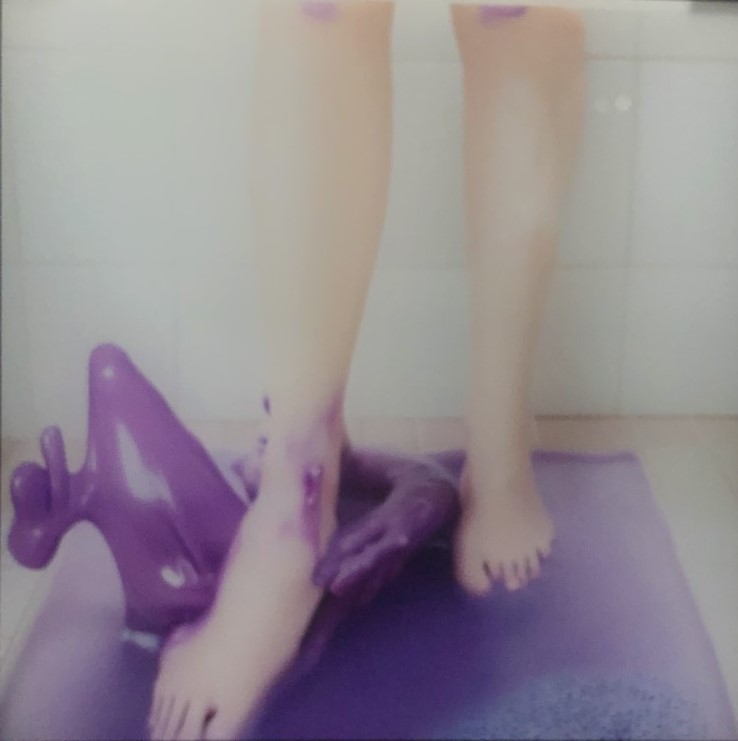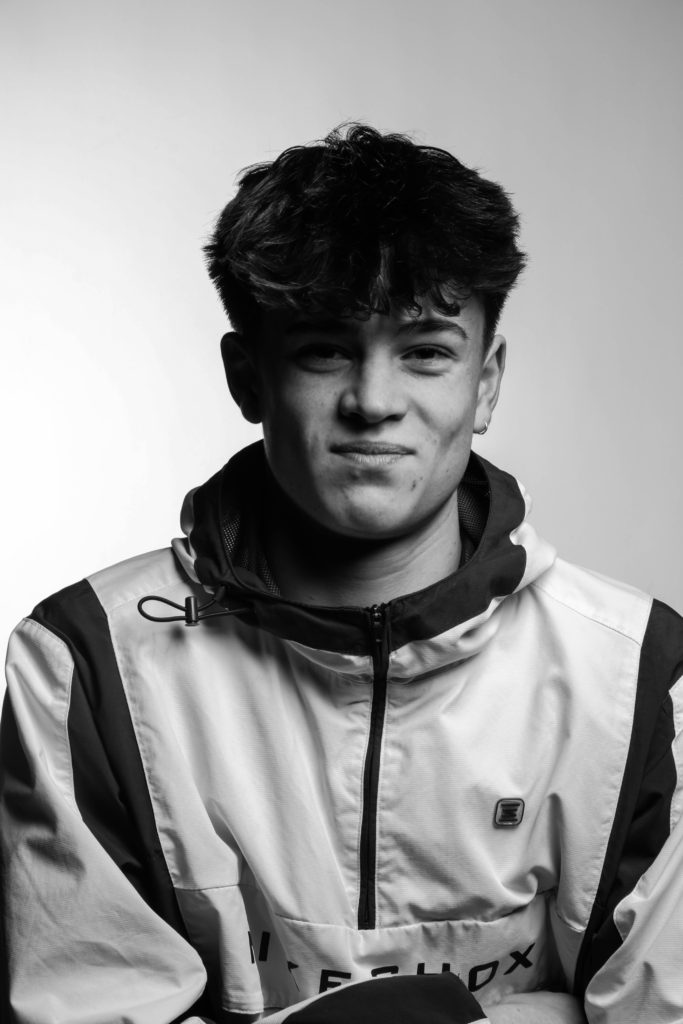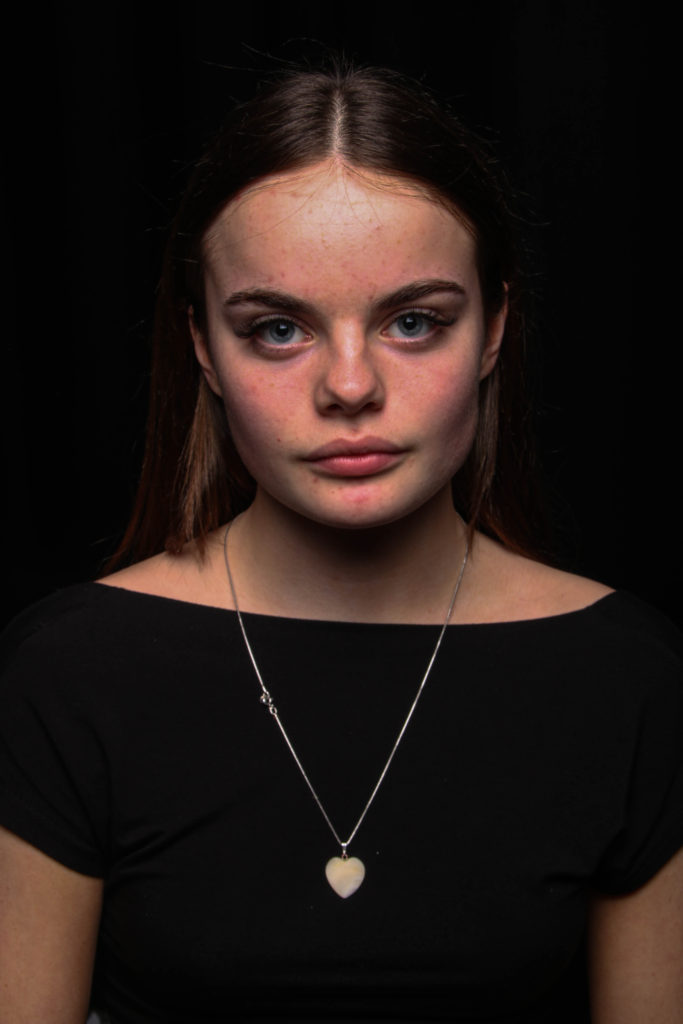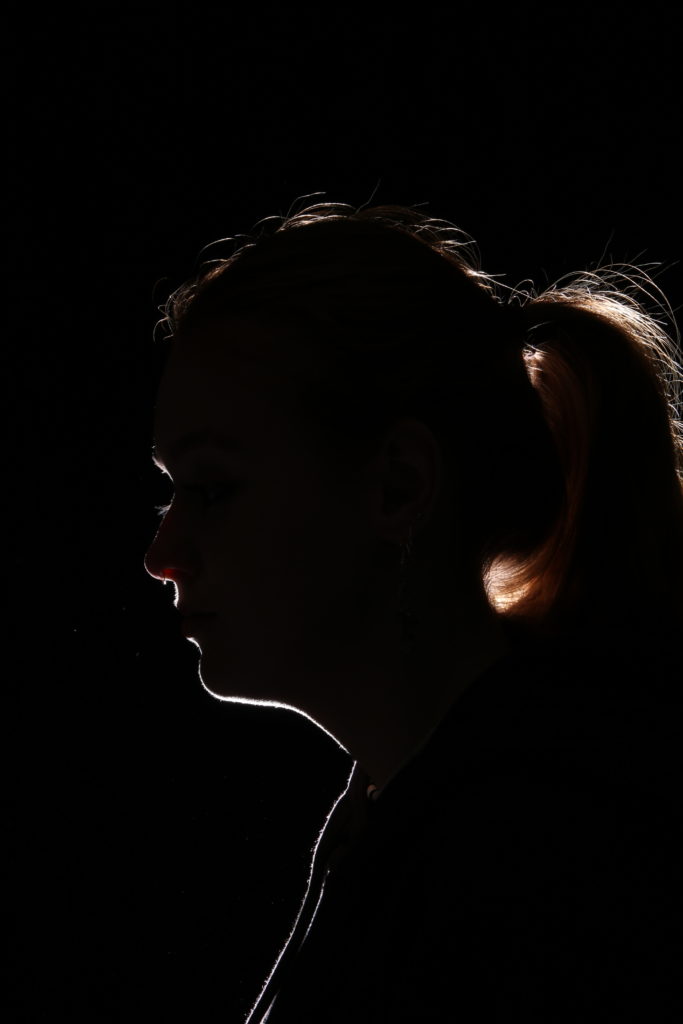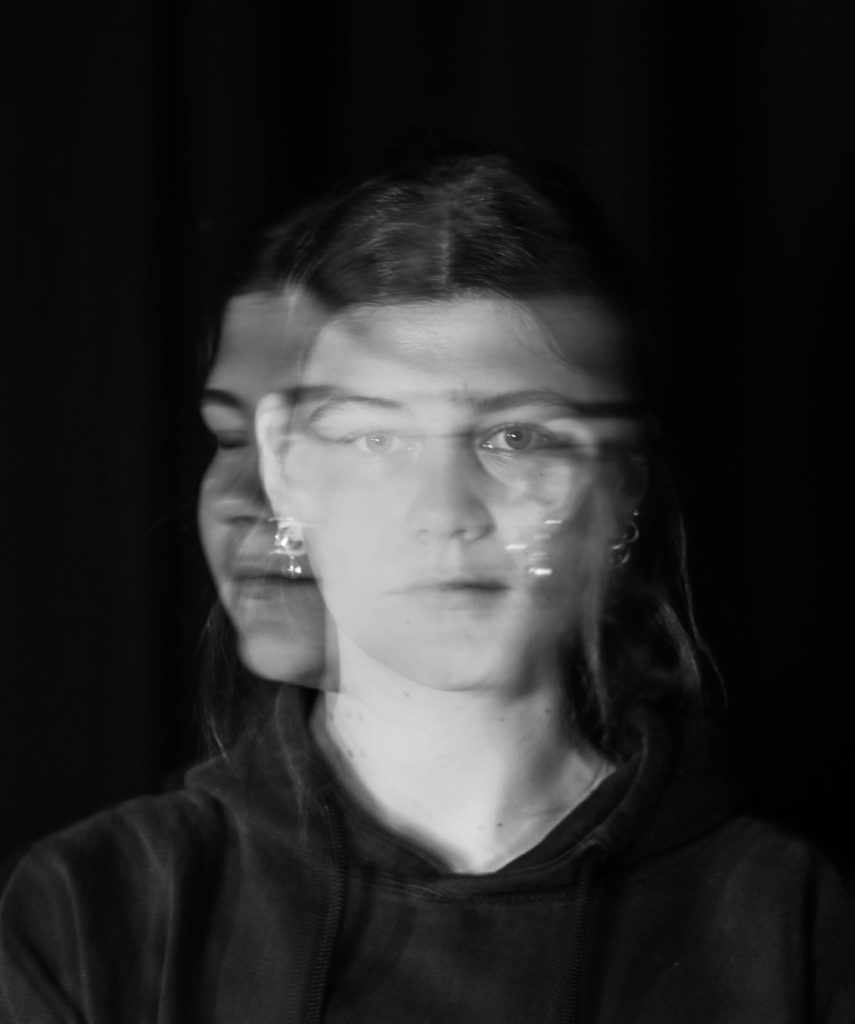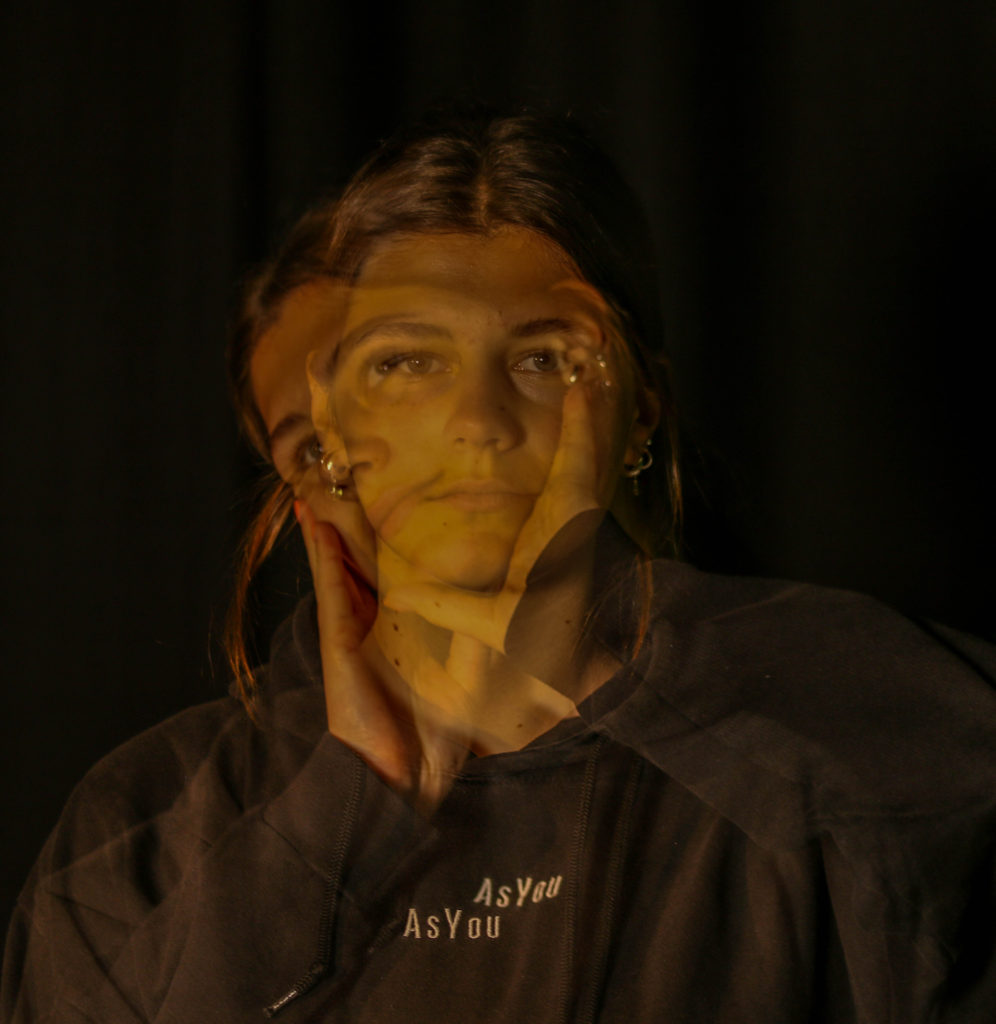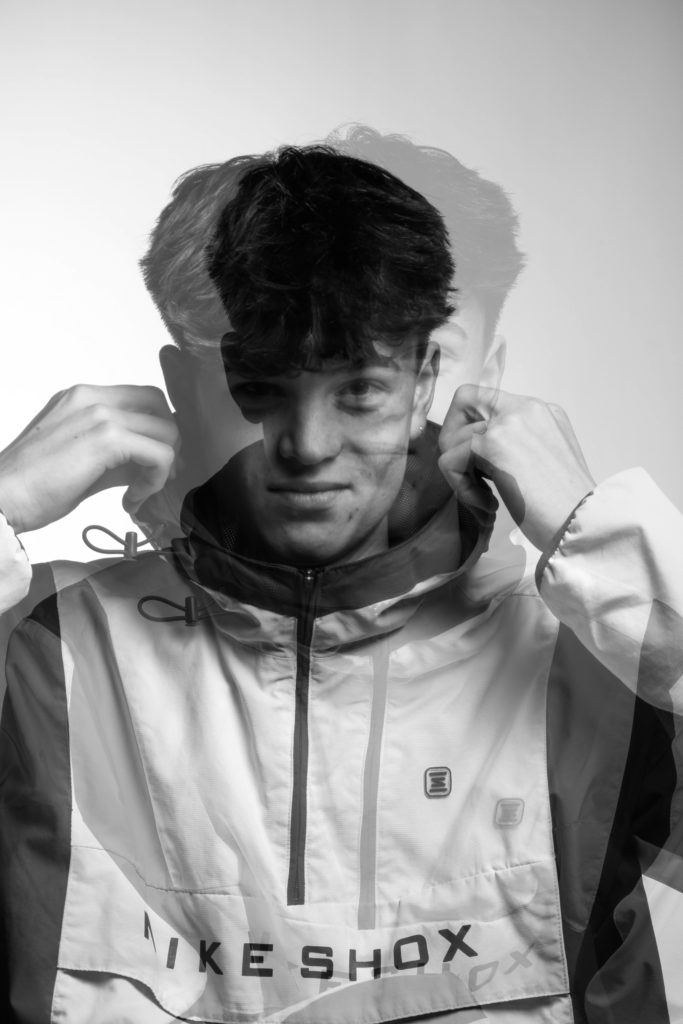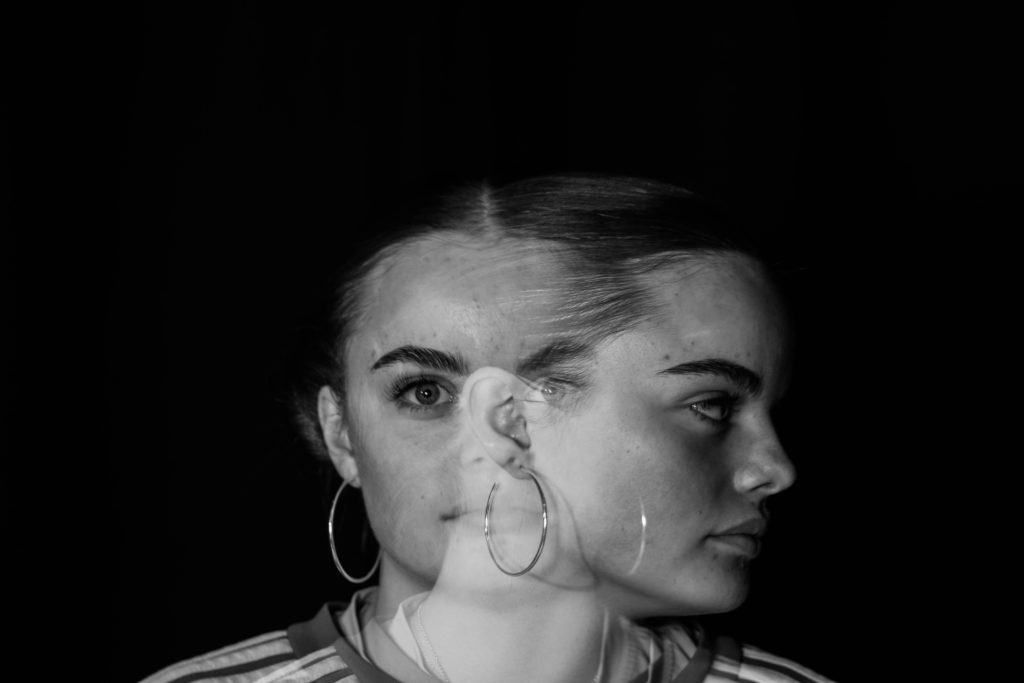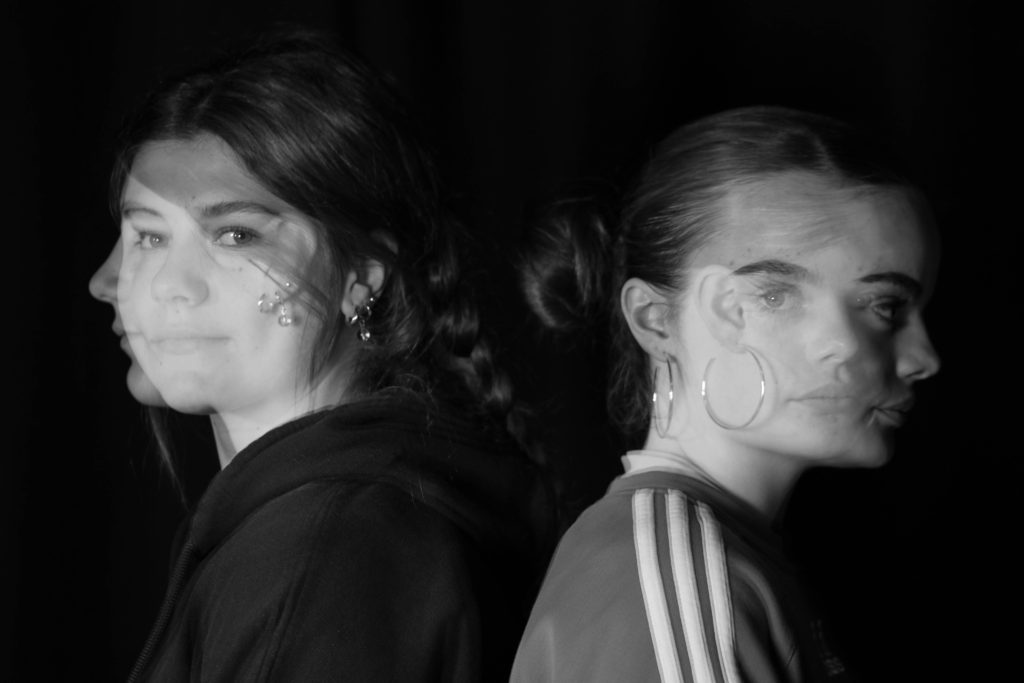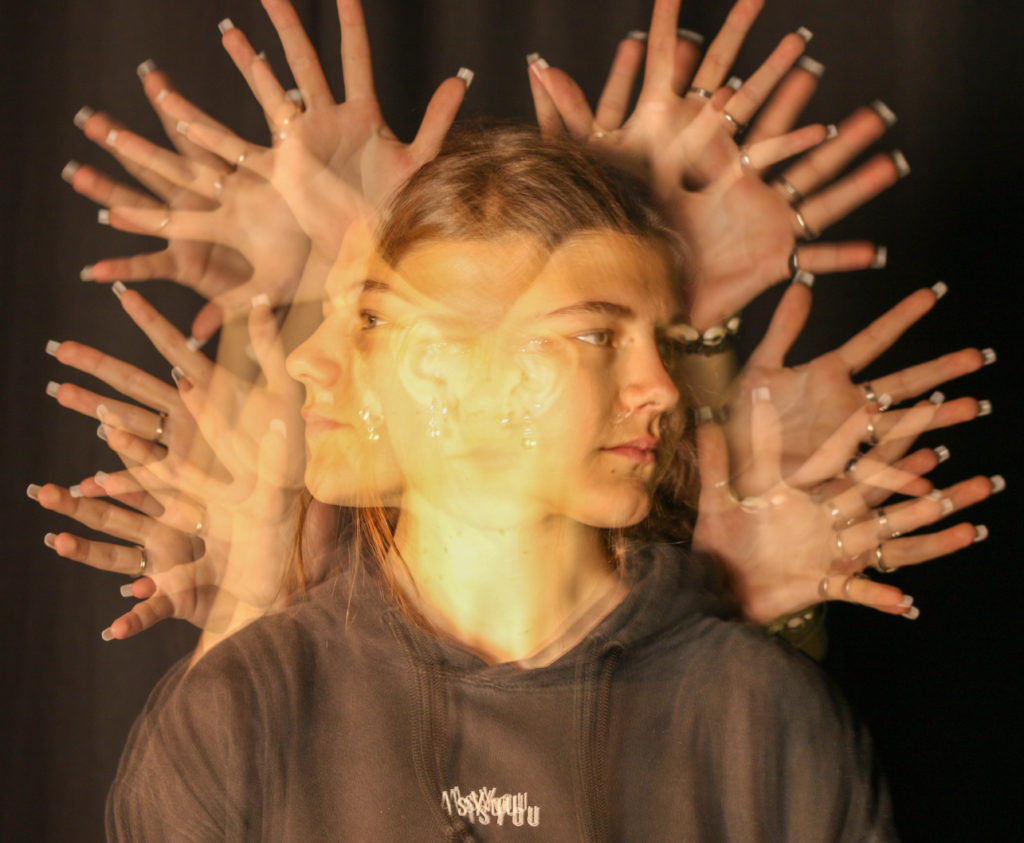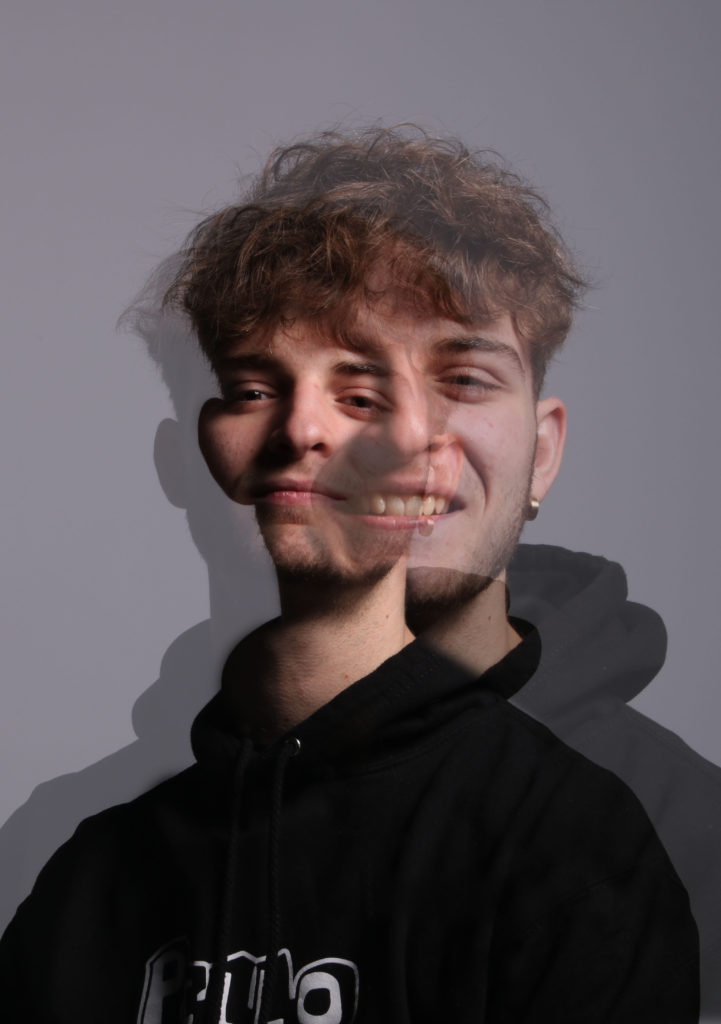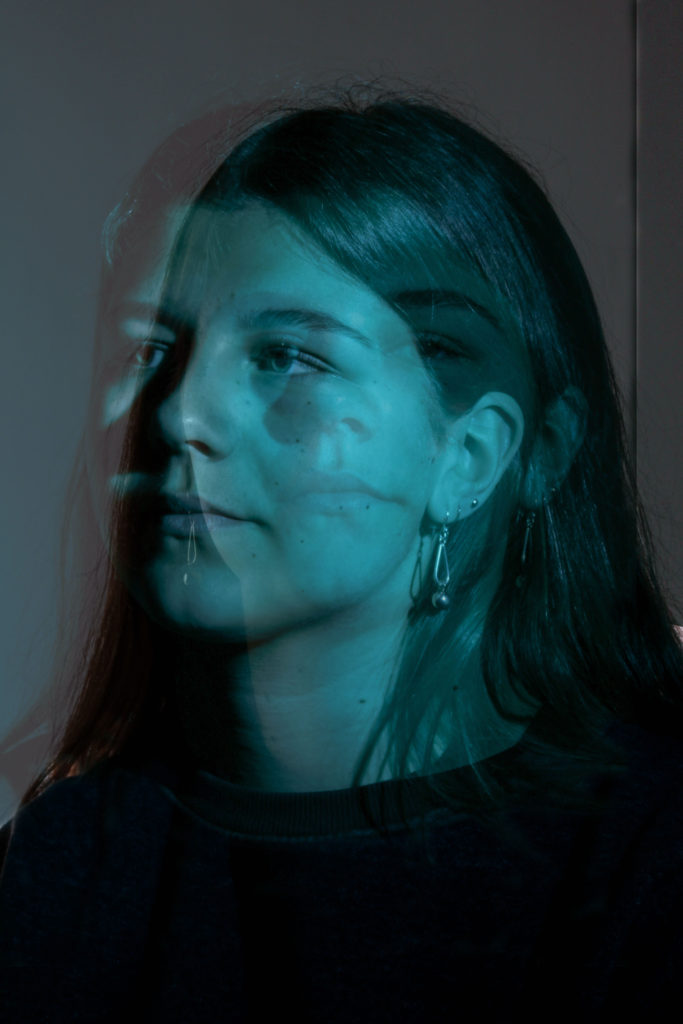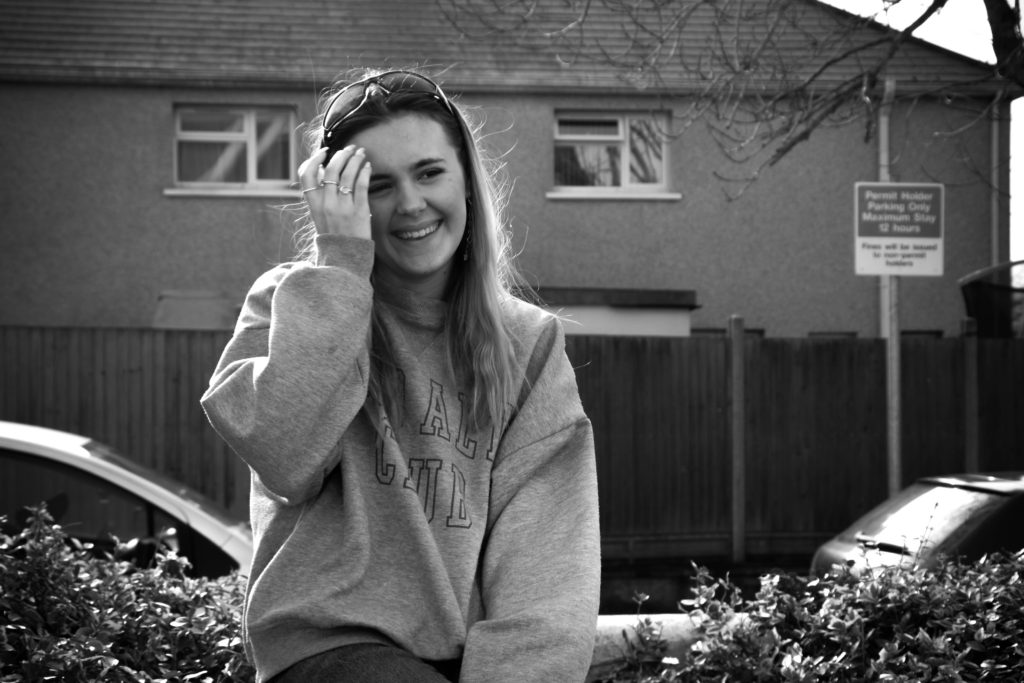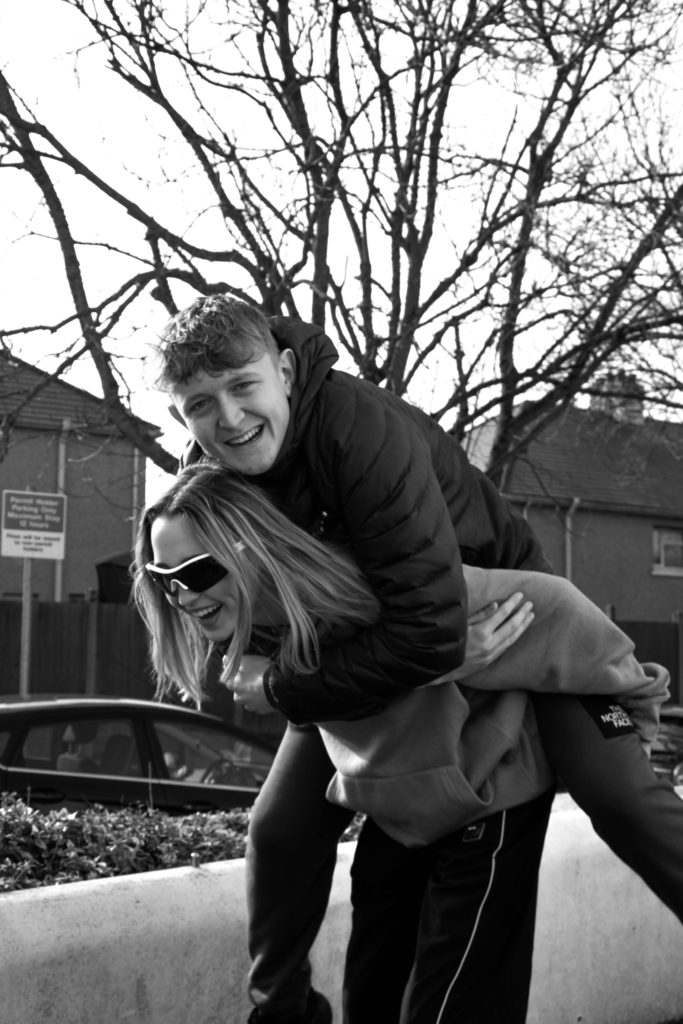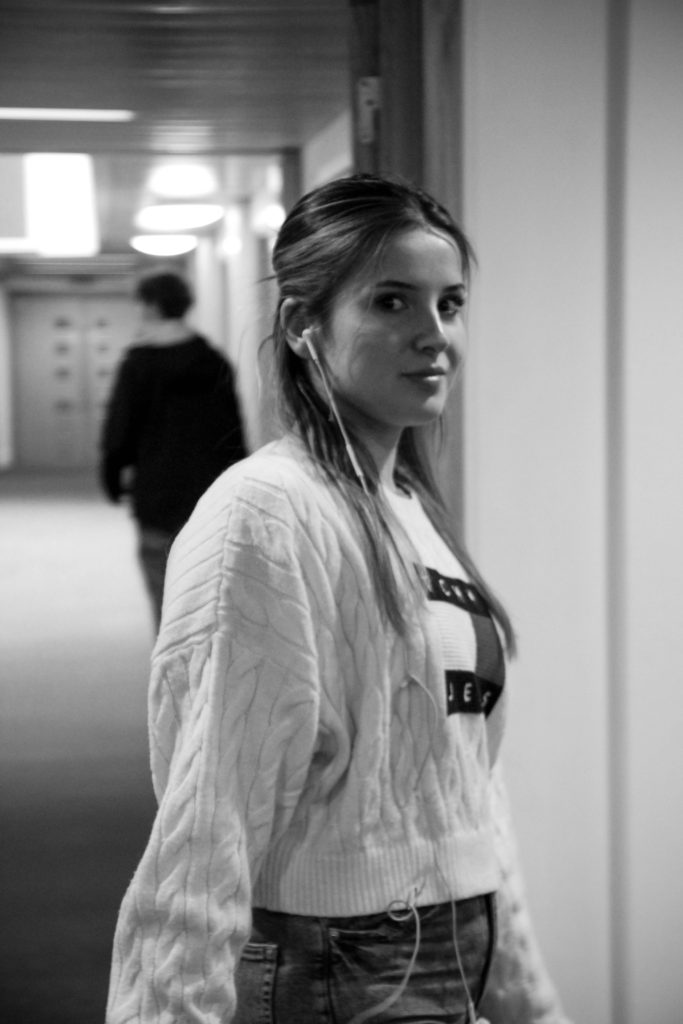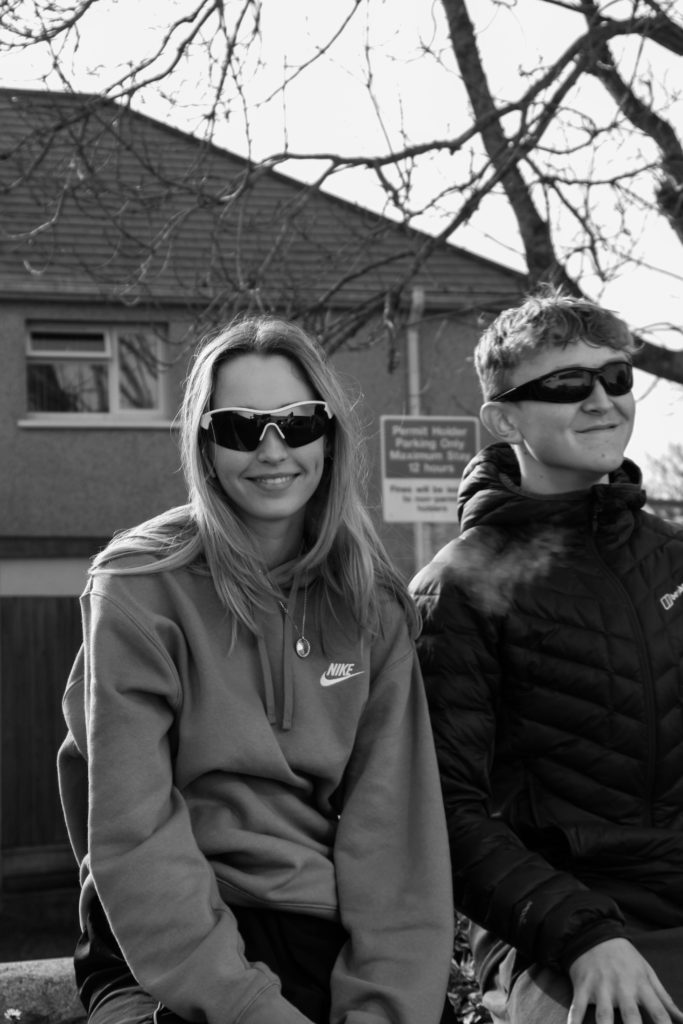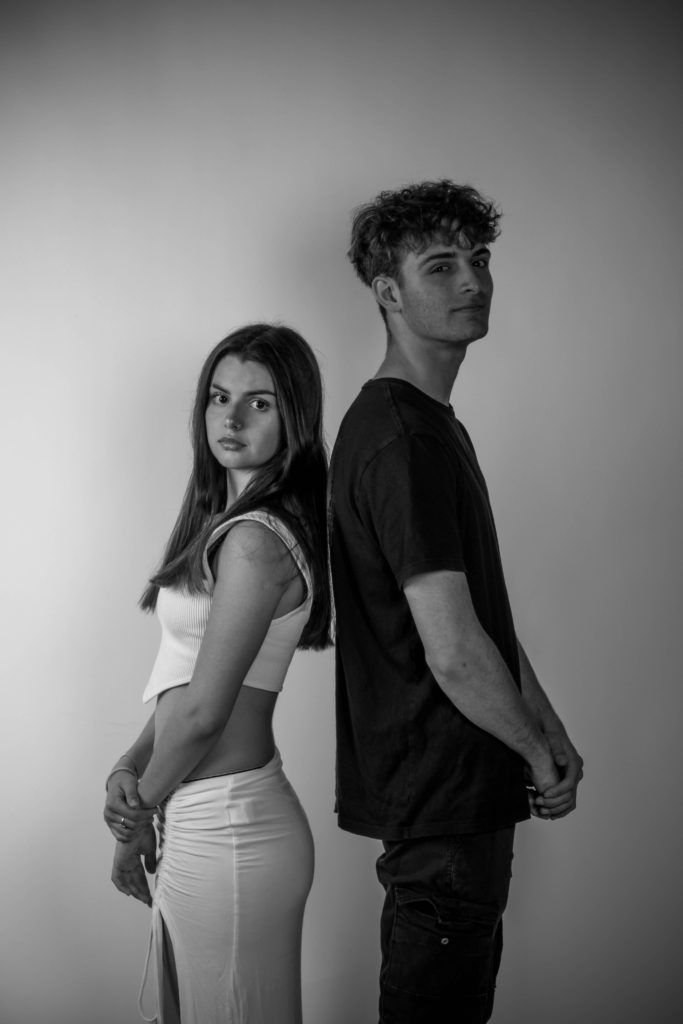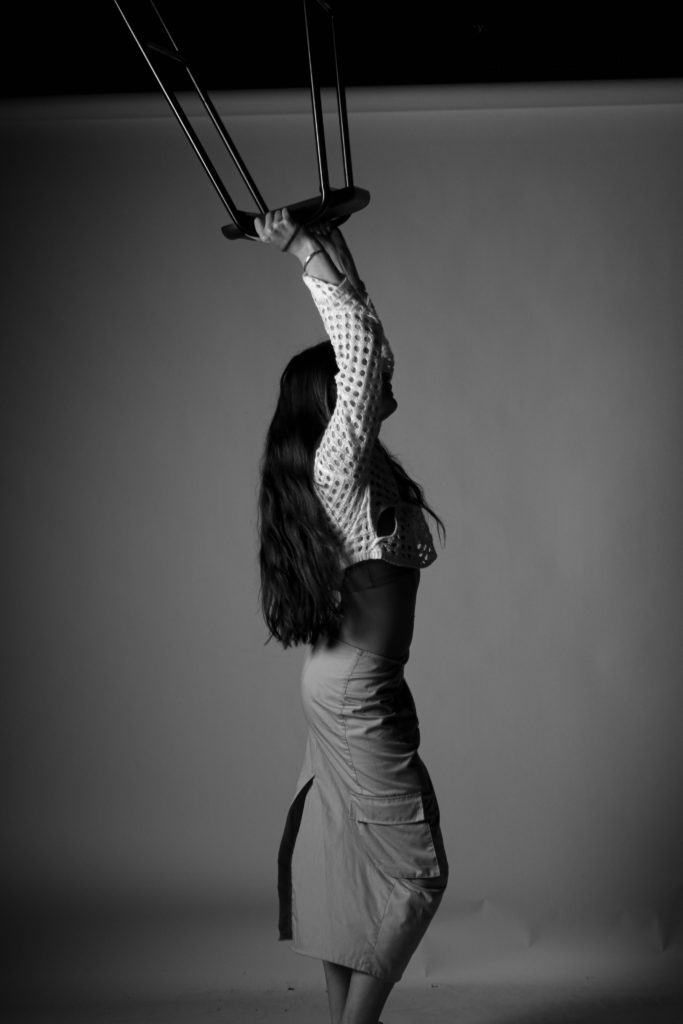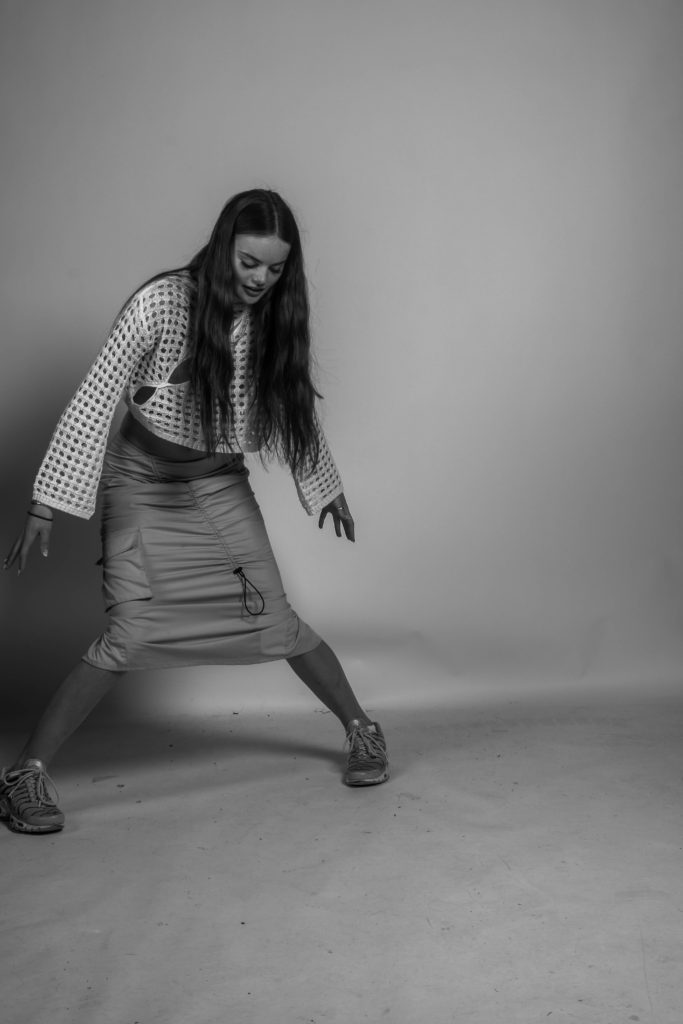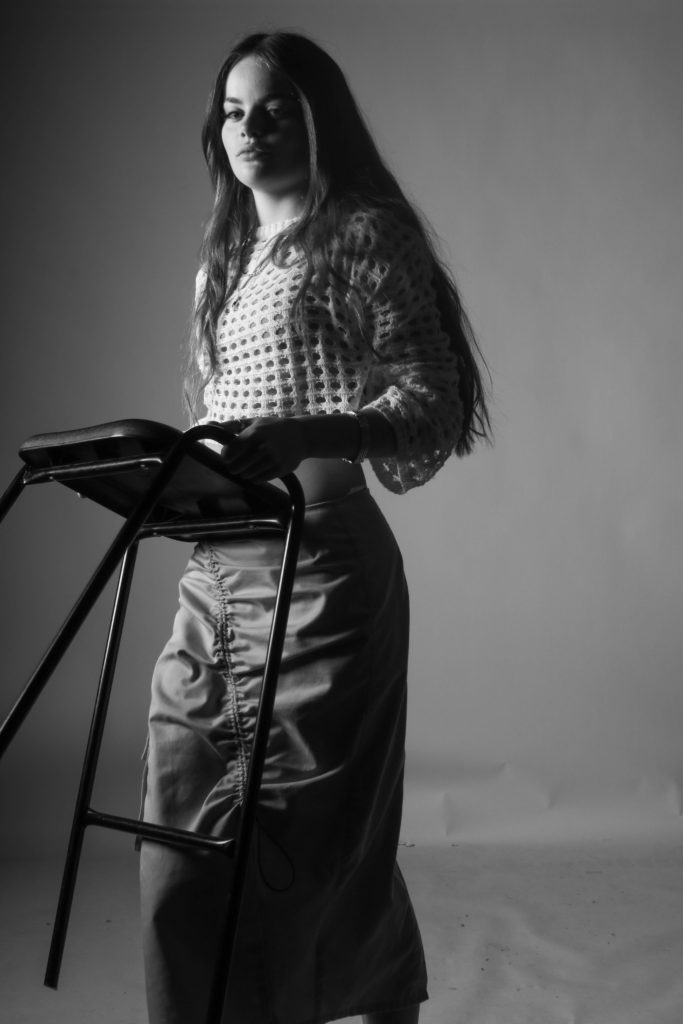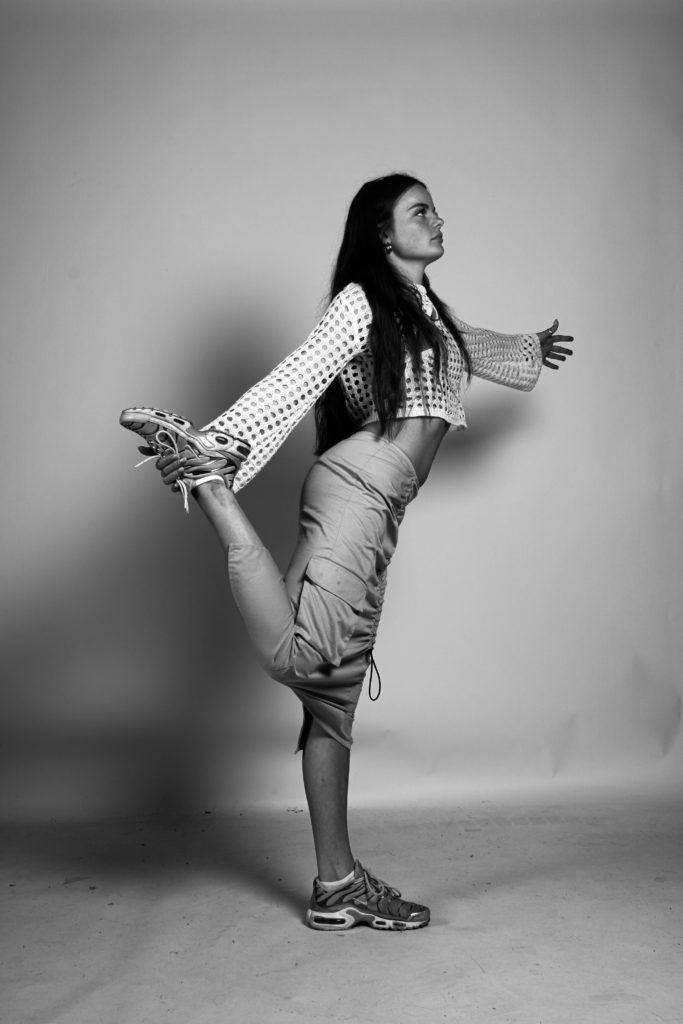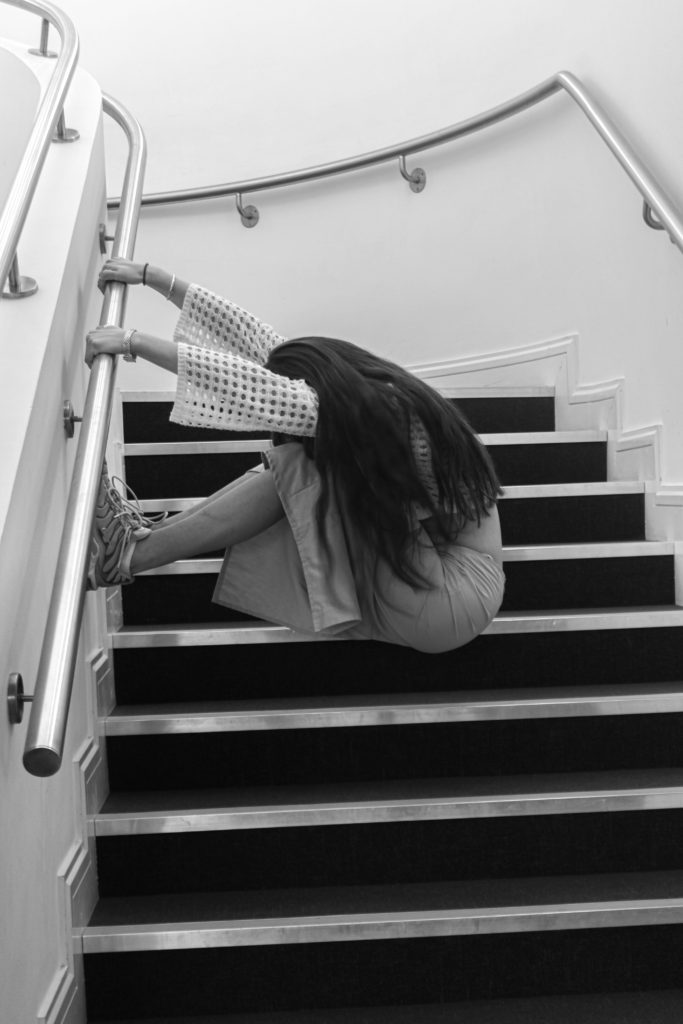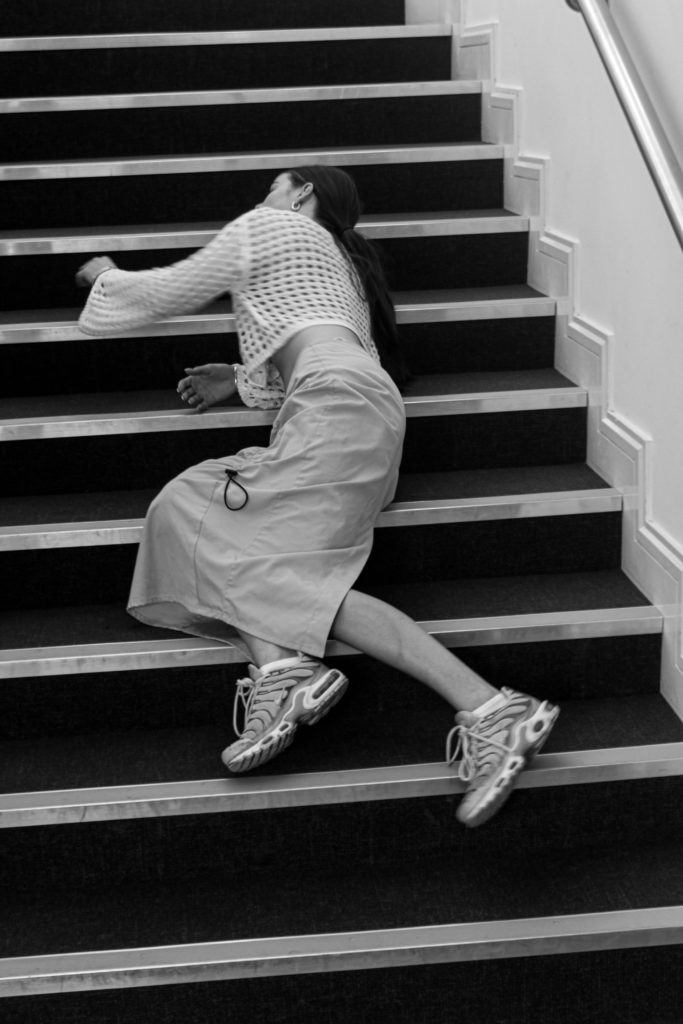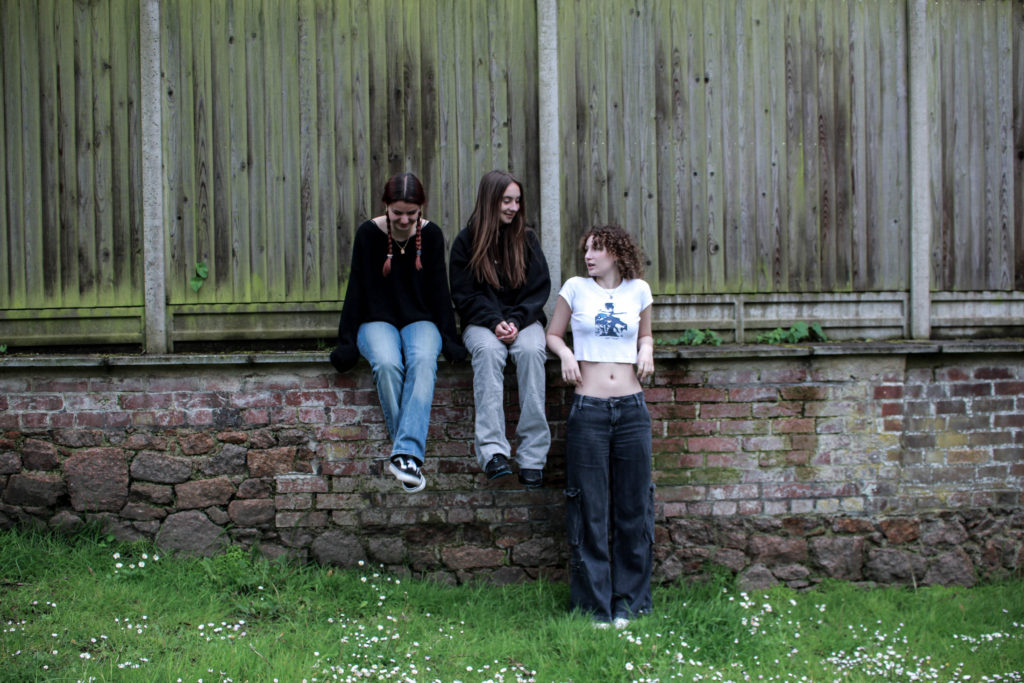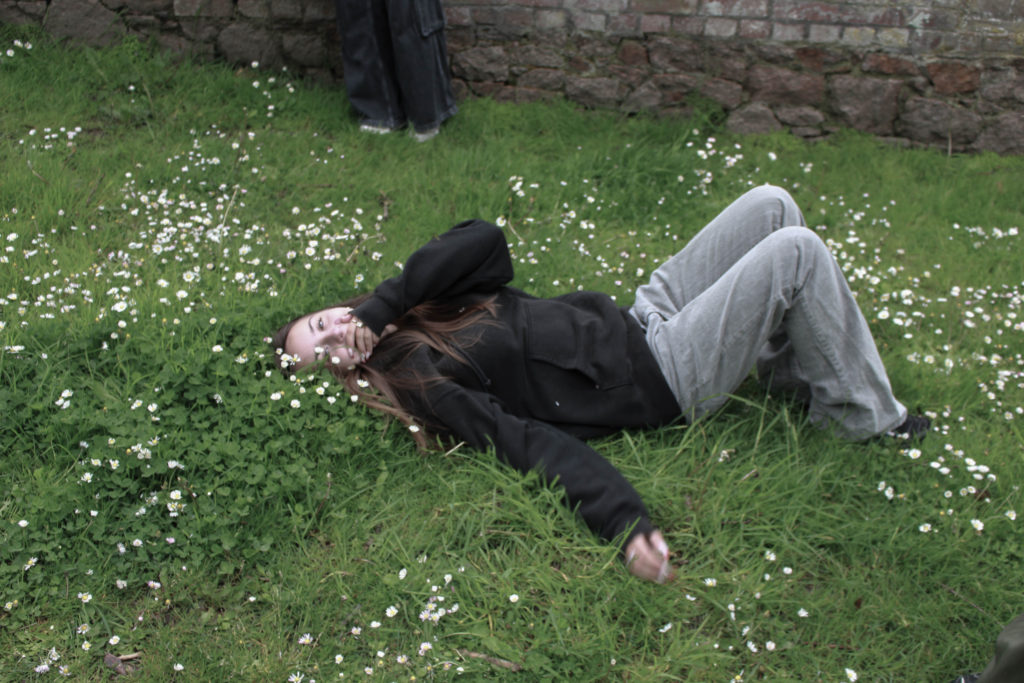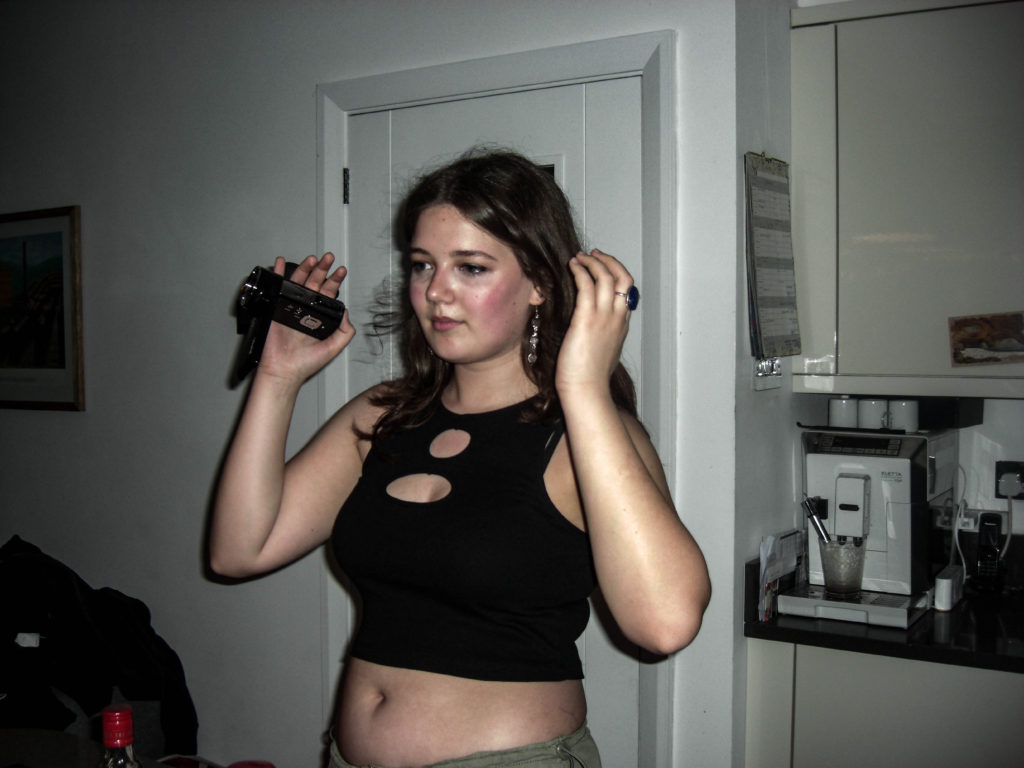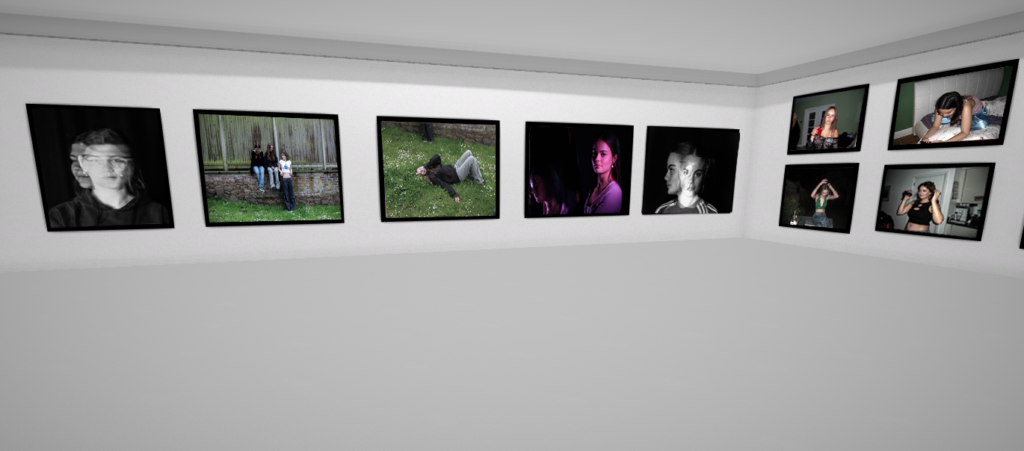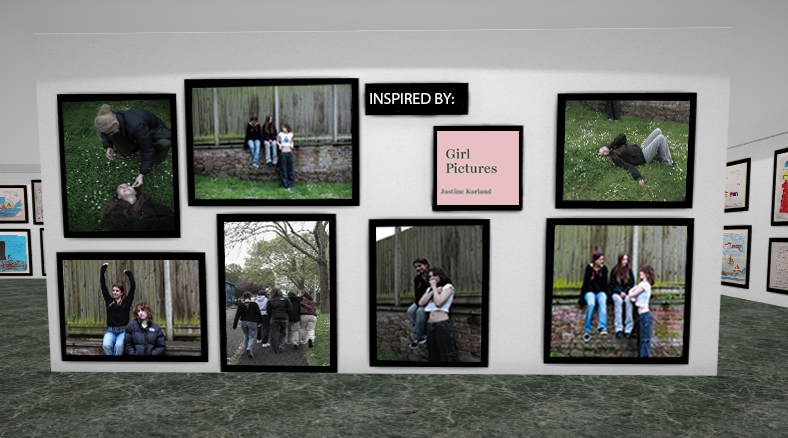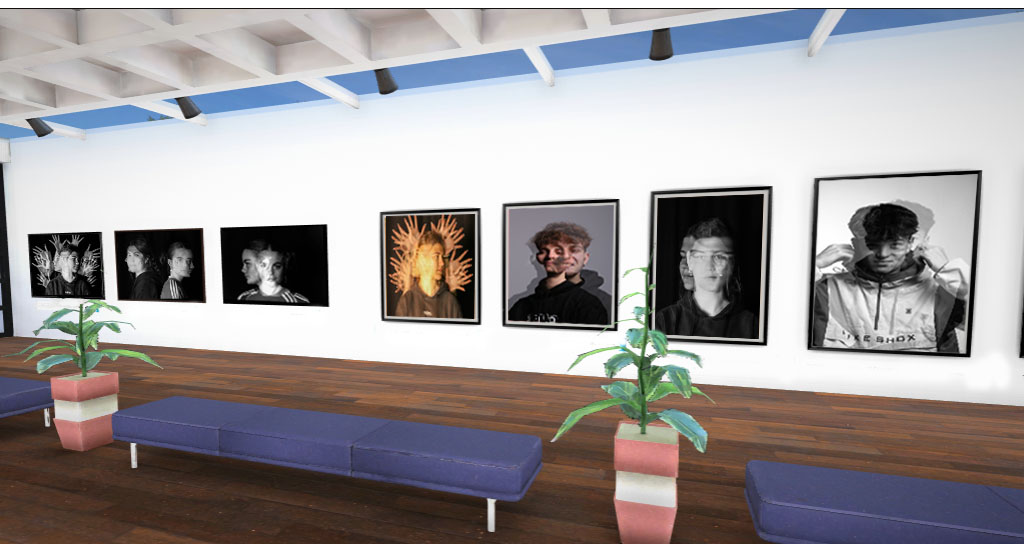Hypothesis:Photography and Truth: Can a photograph lie?
Opening quote: to set the scene choose an appropriate quote from key texts or source that you have read and understood. Or select something Will Lakeman said in class discussion around ethics using AI in photography.
Introduction (250 words): Describe how photography from its invention as a new technology in 1839 was viewed as a threat to traditional artforms such as painting and drawing. Provide an overview of why photography (like all other art forms) is an illusion and a representation of reality (reflect on your essay earlier on the Origin of Photography). Explain what AI is as a new technology, and how it is already part of lives, give examples (Google, speech recognition, generative AI etc). Discuss both human and societal benefits and potential dangers of AI, again use examples such as Geoffrey Linton resigning from Google to bring awareness, or Sam Altman’s (CEO of OpenAI) being questioned by USA congress. Select one quote by either Linton or Altman and comment (either for or against). Introduce the two images that you have chosen as examples of the above.
The definition of photography is ‘the art or practice of taking and processing photographs’ but how do we know that the images produced are an accurate representation of reality? It is often viewed as a medium that portrays an objective reality, showing the truth of a situation captured within the lens. However the subject, framing and composition of a photograph are all shaped by the choices of the photographer which inevitably can change the ‘truth’ of the images. Whether the photographer has intentionally cut something out of frame, moved things around for aesthetic purposes or even staged the whole image all these factors will affect the veracity of these images. Early photography was viewed as an objective representation of reality but considering how far technology has come, from the creation of the first camera, this may no longer be the case. Aspects such as editing or even AI formulated images are more prevalent in images now then ever before. They enable photographers to be more creative and create their desired outcomes which many would argue, due to these factors, photography can no longer be seen as documentation of true events.

Nowadays, photography is mostly digital, and photo manipulation is easily accessable for example on forums such as photoshop. However it was not always this simple, photographs used to have to be retouched by hand using paint or ink, pieced together in the darkroom from separate photographs which was tedious, time consuming and overall not as effective. Some of the terms we use for editing today were derived from the ‘old fashioned’ way such as airbrushing. All these skills required a the photographer to have a higher level of artistic skill than neccessary for editing images today and, for some, access to a darkroom.
The Falling Soldier is a black and white photograph claimed to have been taken on Saturday, September 5, 1936. It is said to depict the death of a Republican Iberian Federation of Libertarian Youth soldier, during the Battle of Cerro Muriano in the Spanish Civil War. The image was staged so does not depict an actual image of warfare and instead was meant to show a staged representation. However, this did not go to plan as they were in an active war zone and the man unfortunately got shot and died. This presents the question of whether this image truly portrays warfare as the staging of the image would make one think otherwise however the bravery in taking the risk to take photographs in an active war zone depicts an accurate representation of the risks these soldiers take on a daily basis in these dangerous places.
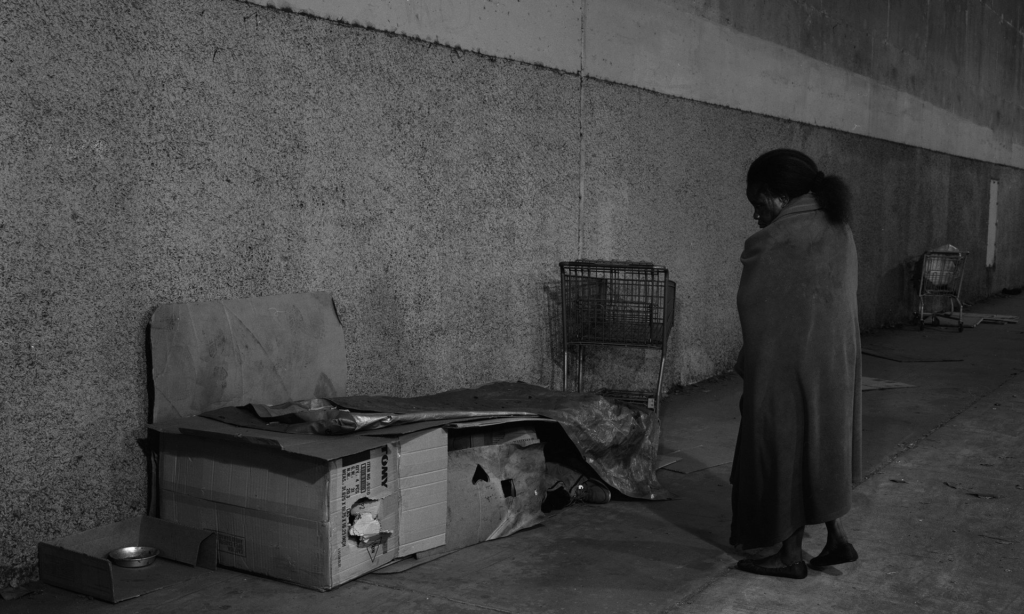
The Canadian photographer Jeff Wall photographs are typically postmodern and manage to incorporate allusions to art history and the mass media into seemingly realistic scenes in an attempt to confuse any potentially documentary implications which has lead some people to purpose the question of whether he is a real photographer. He often was found creating a large-scale, fictional image that recall the grandeur and narrative of classical painting, Wall challenges the documentary role that photography often plays. But by mounting the image in a lightbox, his work also resembles imagery from cinema or advertising found in popular, contemporary culture.
This image displays a homeless woman standing over a makeshift shelter that appears to have another person living inside and was shot beneath a freeway that is a well populated spot for the homeless. Wall avoids answering questions about the authenticity of this shot and to what extent it was staged which makes it difficult to decipher whether this is an example of photography lying or not. On one hand homelessness is a large problem worldwide so the image is not creating a false representation however it is difficult to determine the honesty of this shot. This example relates to Picasso’s famous quote ‘We all know that art is not truth. Art is a lie that makes us realise truth.’ as the image itself might not be a truth but the representation of homelessness is a real issue so the image is making the viewer see the reality in that issue.
In conclusion, I believe photography can lie. This is especially considering the technology we have access to that enables almost any altercation to be added, changed or removed from an image. Although, I do not believe that all staged images are a complete deception of the truth as many are presented to display a truth in order to either have an affect on the viewer, portraying a point, or to try and influence a change. Looking back at the two images I previously referred to, I would say that the first image is a more truthful photograph as the photographer was more transparent about the staging behind the image and to what extent the final outcome represented the reality of what the photographers saw. This openness about the ‘behind the scenes’ of an image is very important when wanting images to represent the truth as how the photograph is made and the adaptations, edits or any kind of staging/framing that has taken place, as all of these aspects will inevitably effect the truth of the image.









